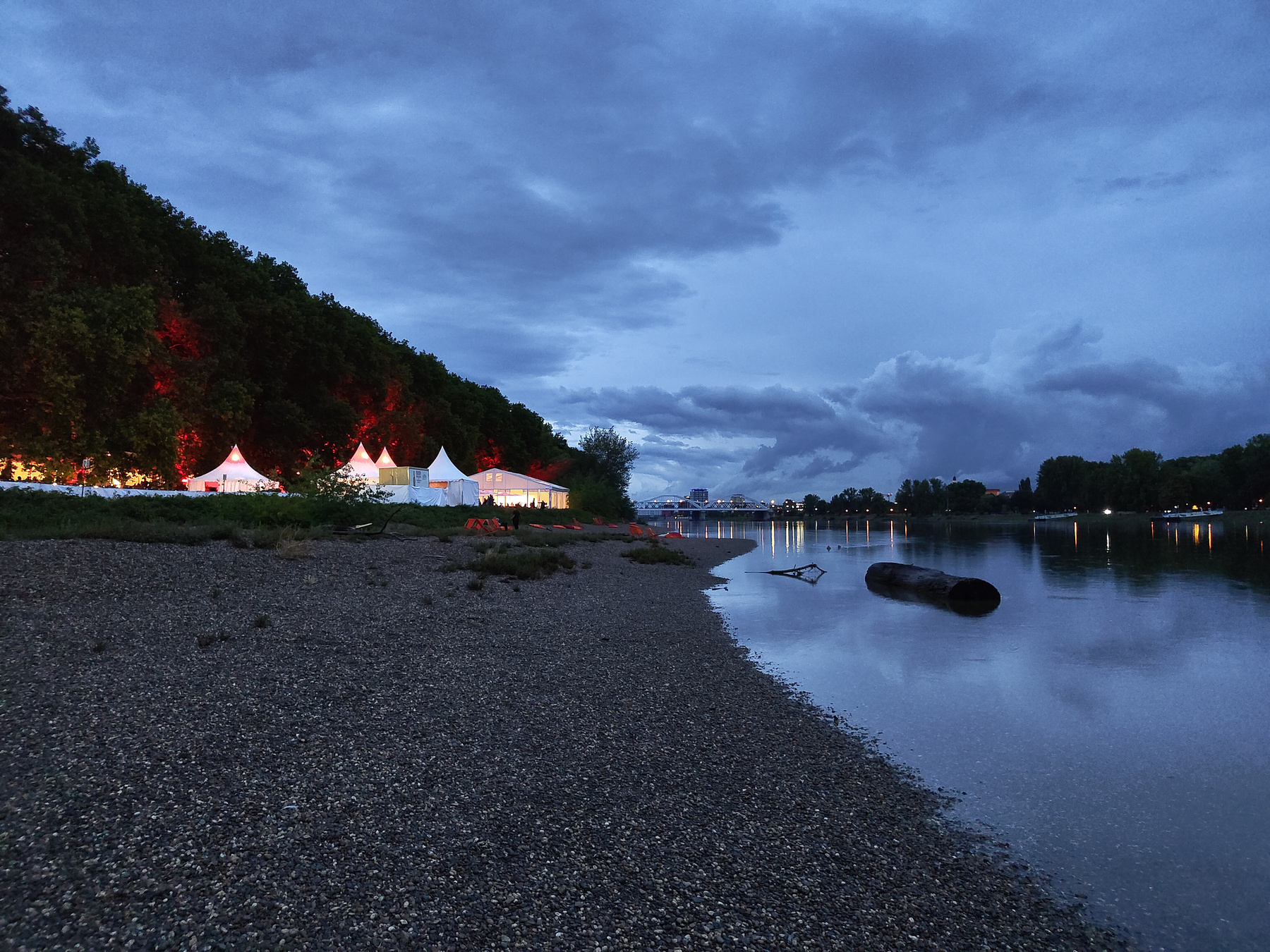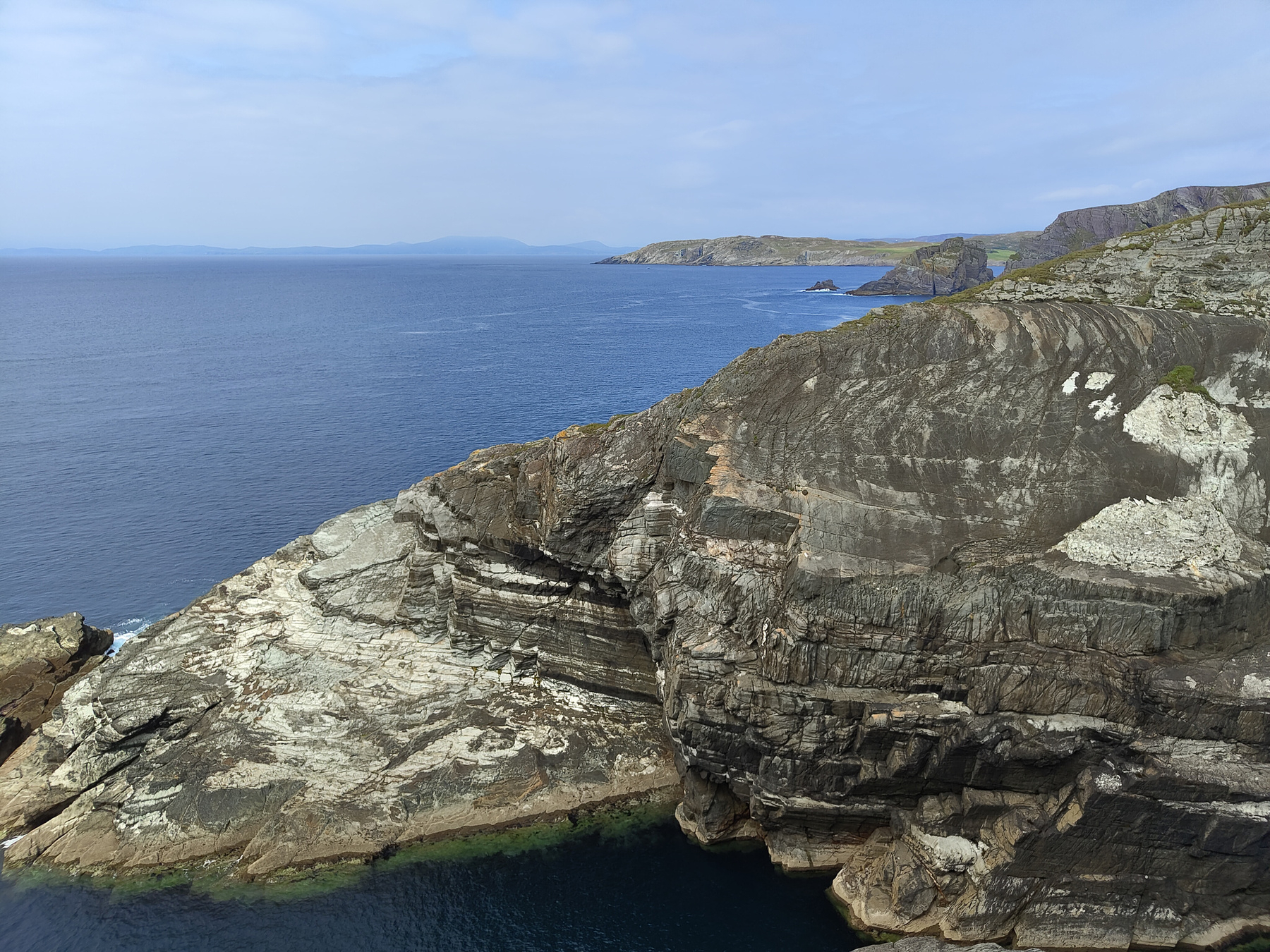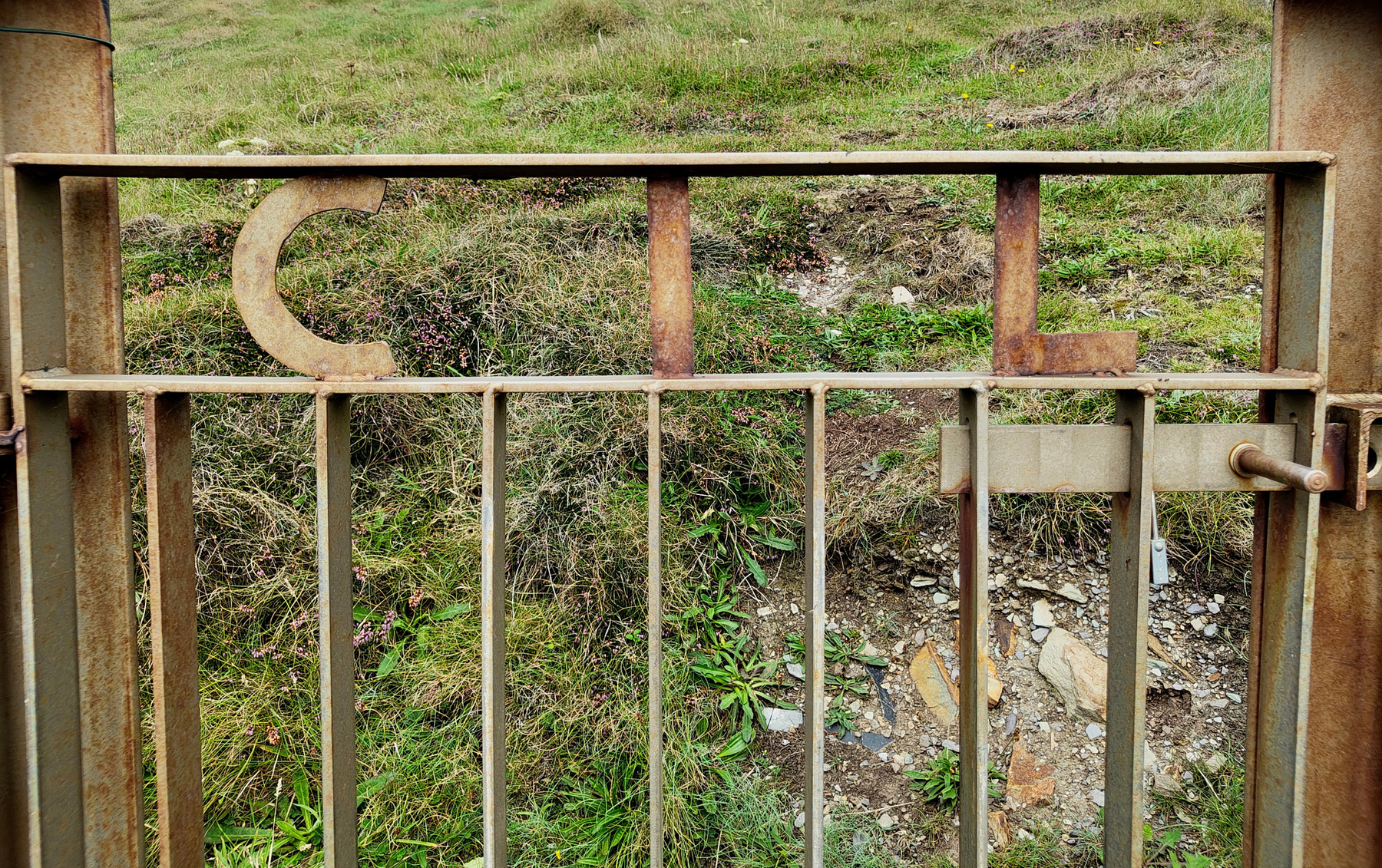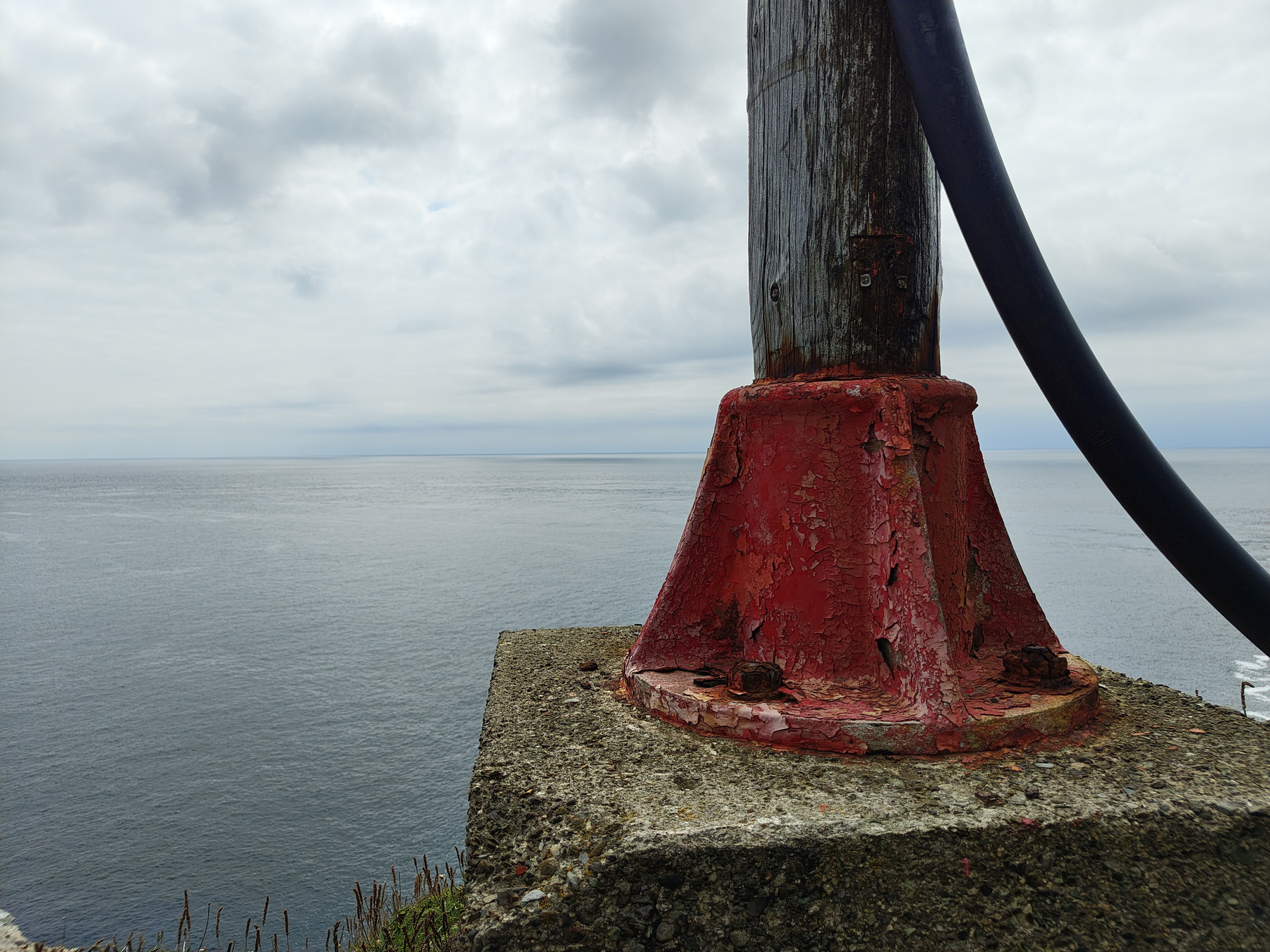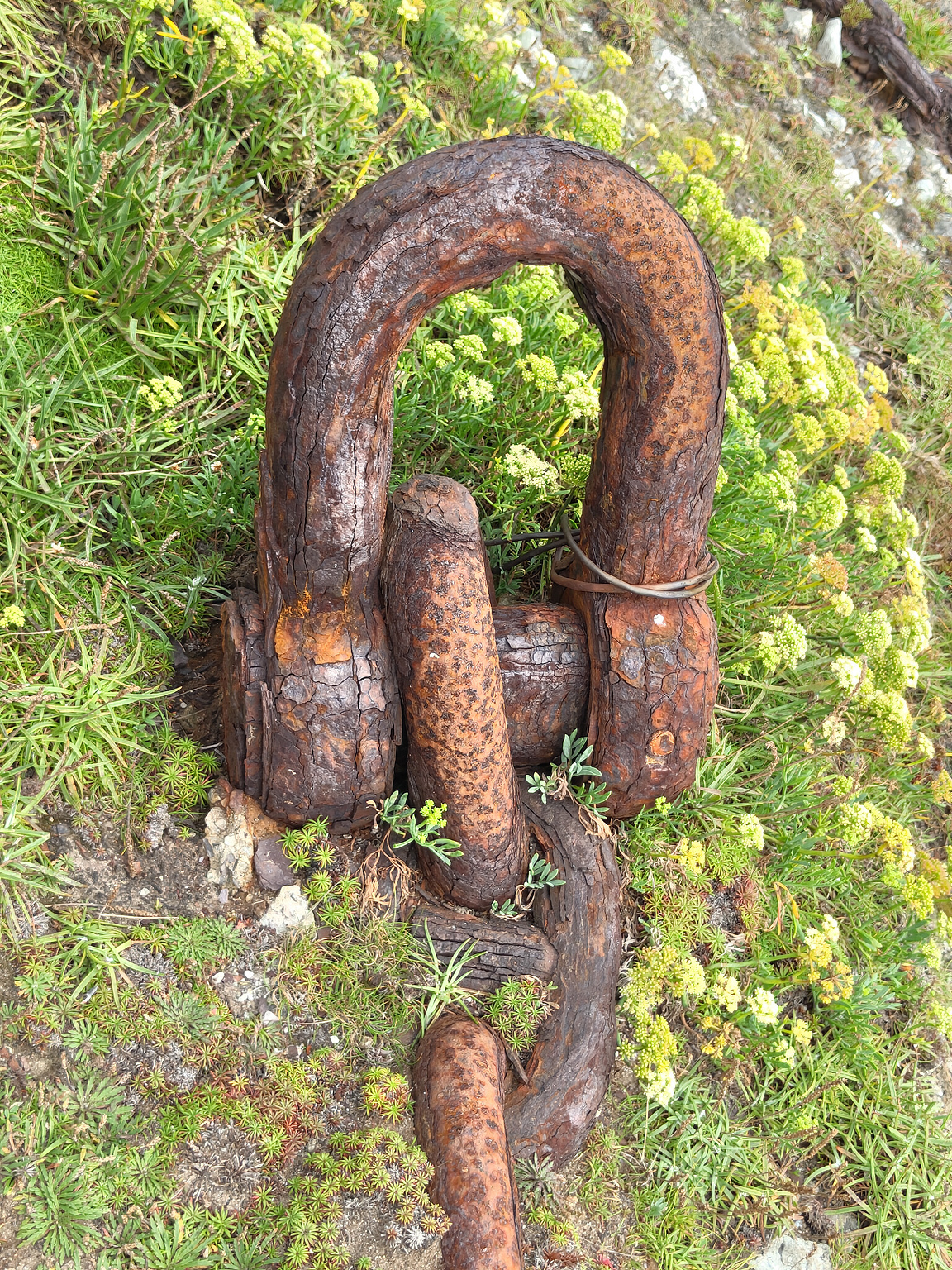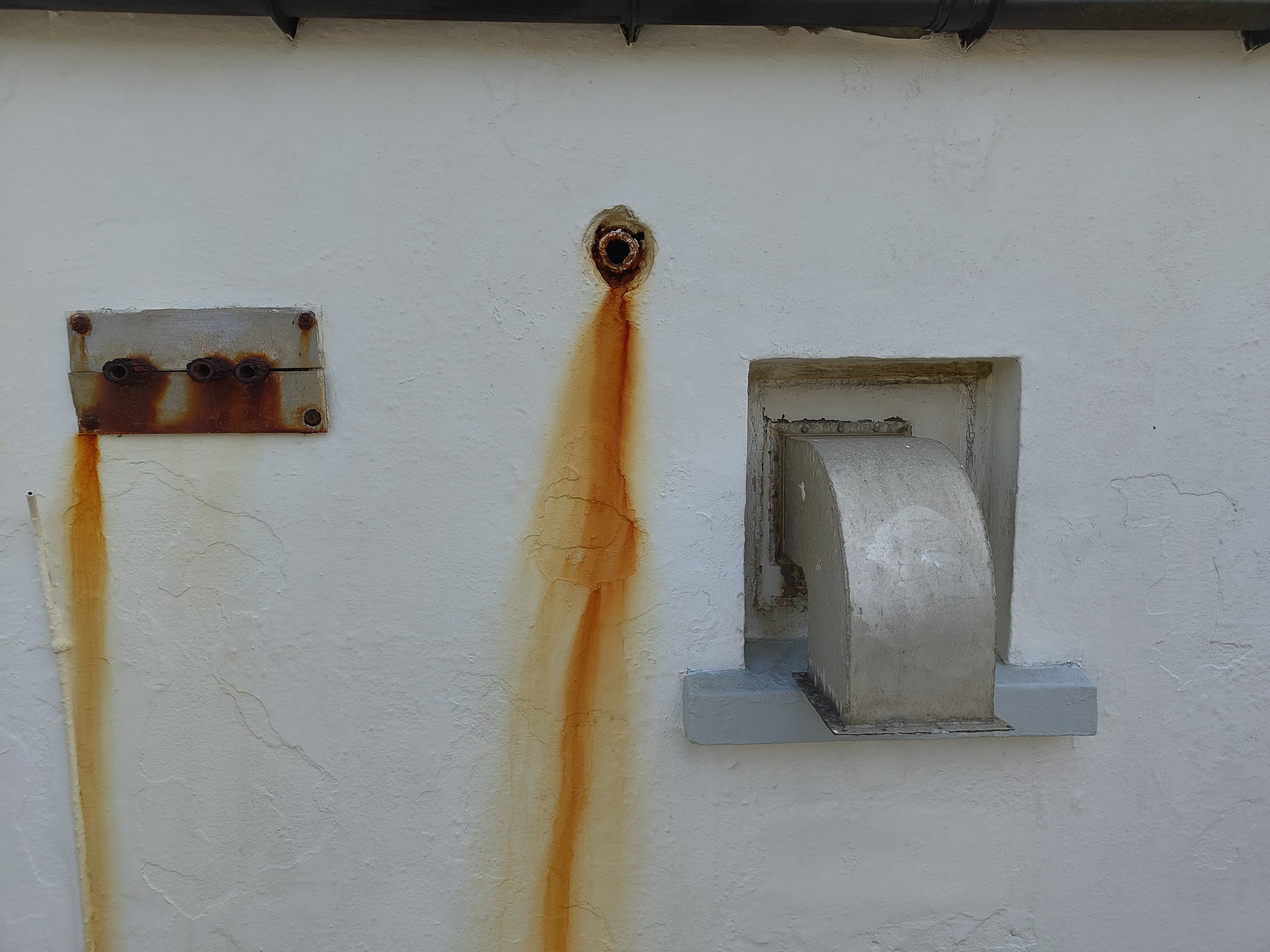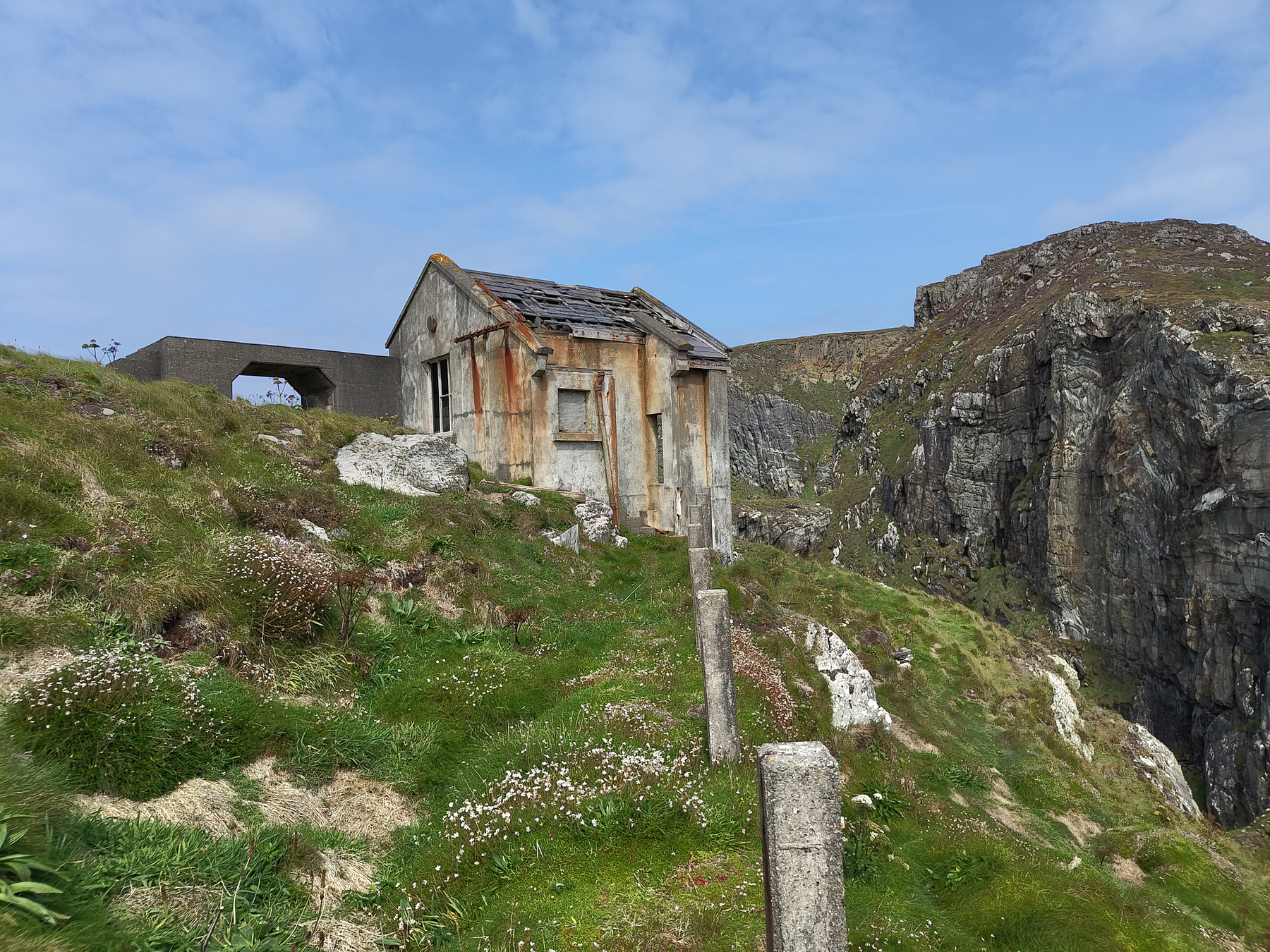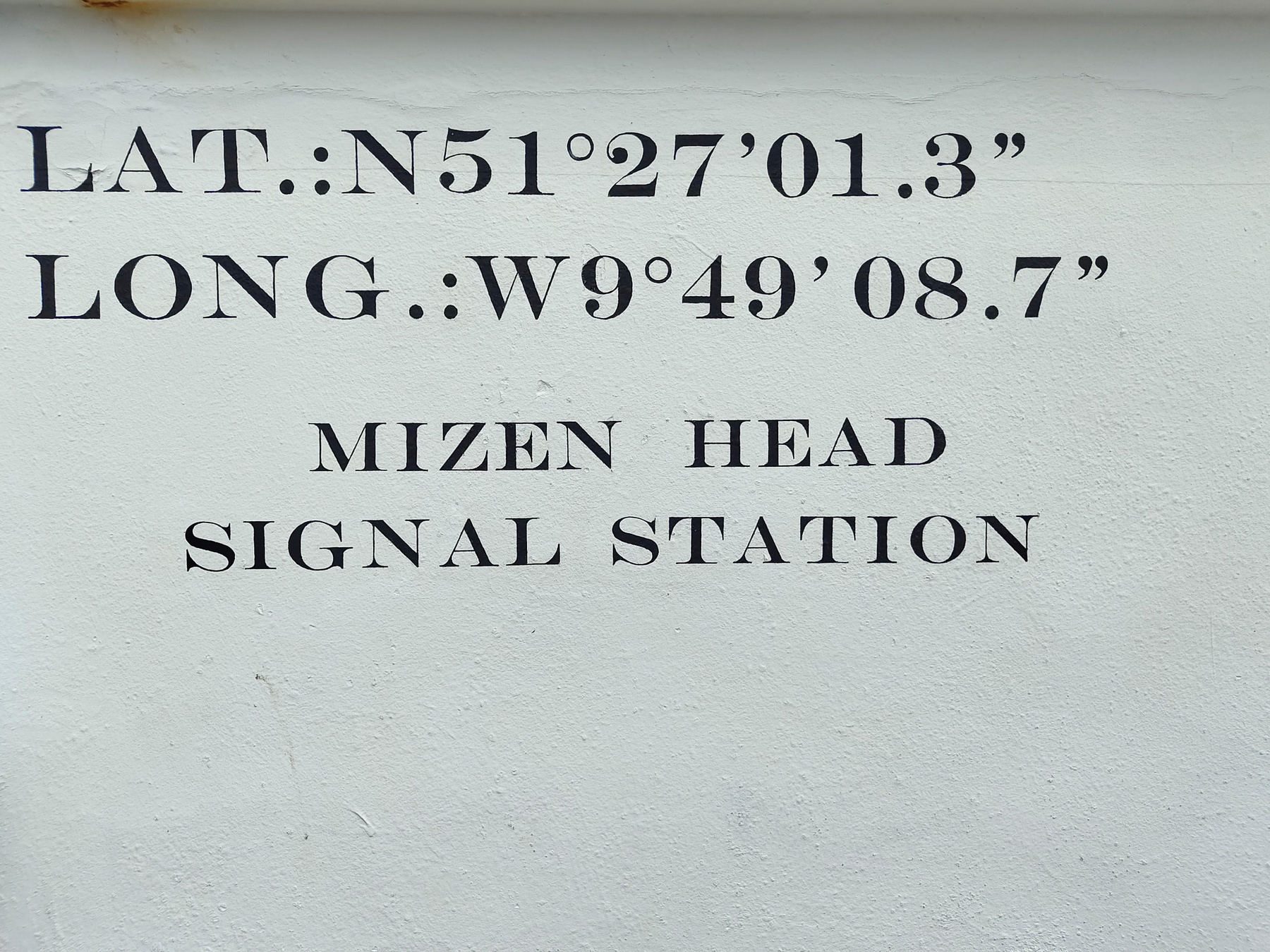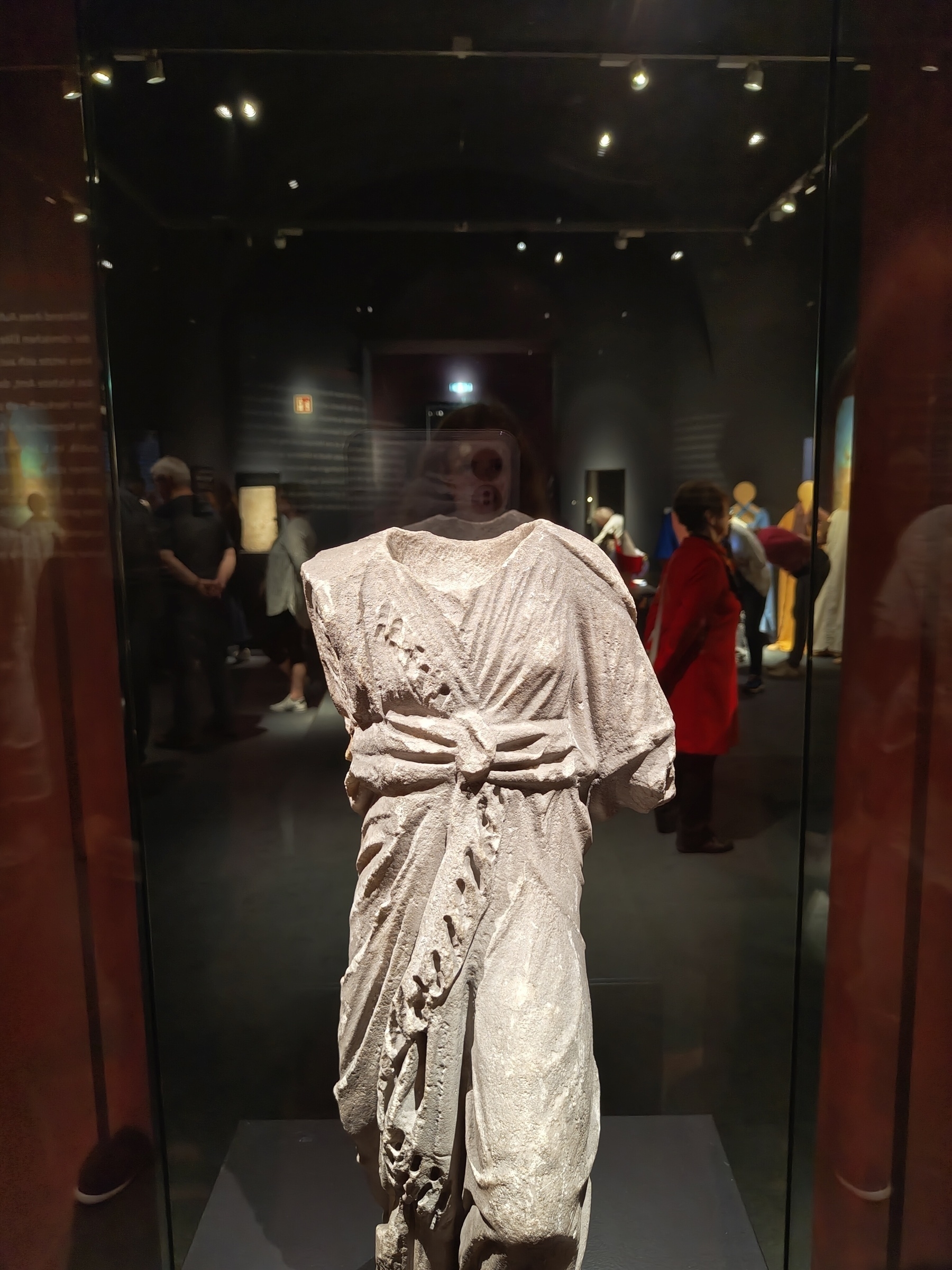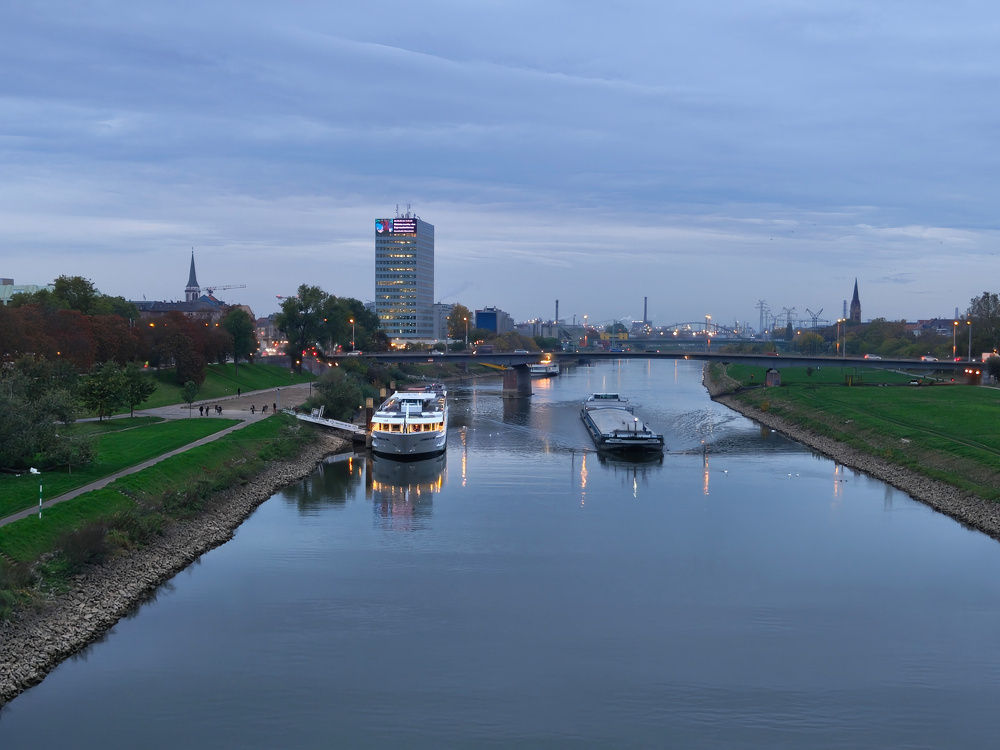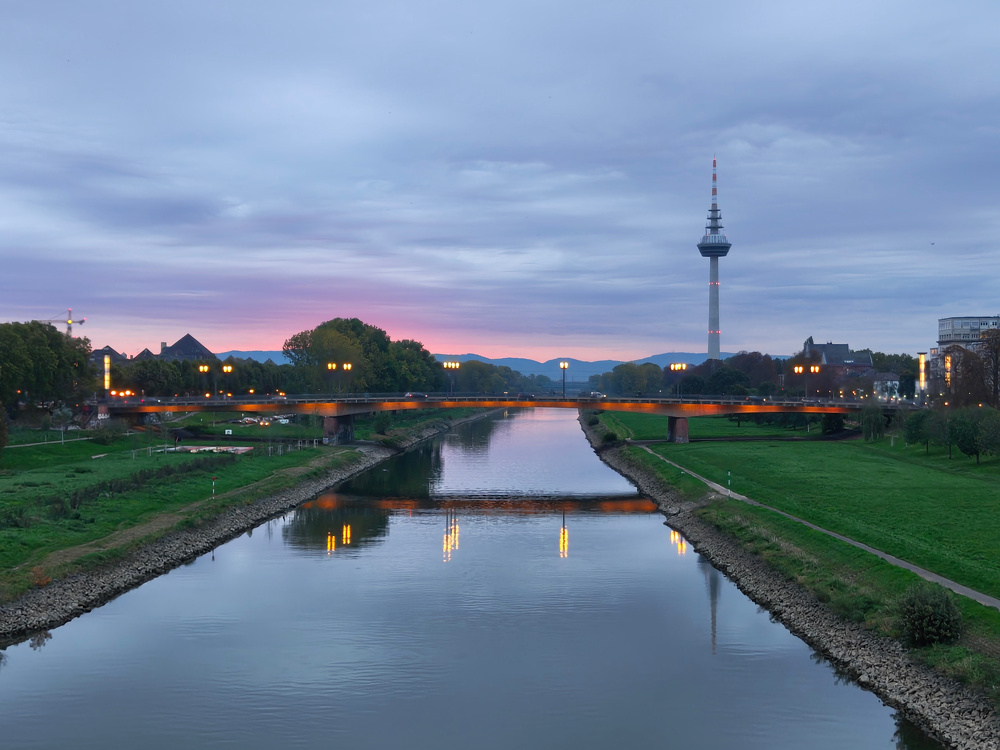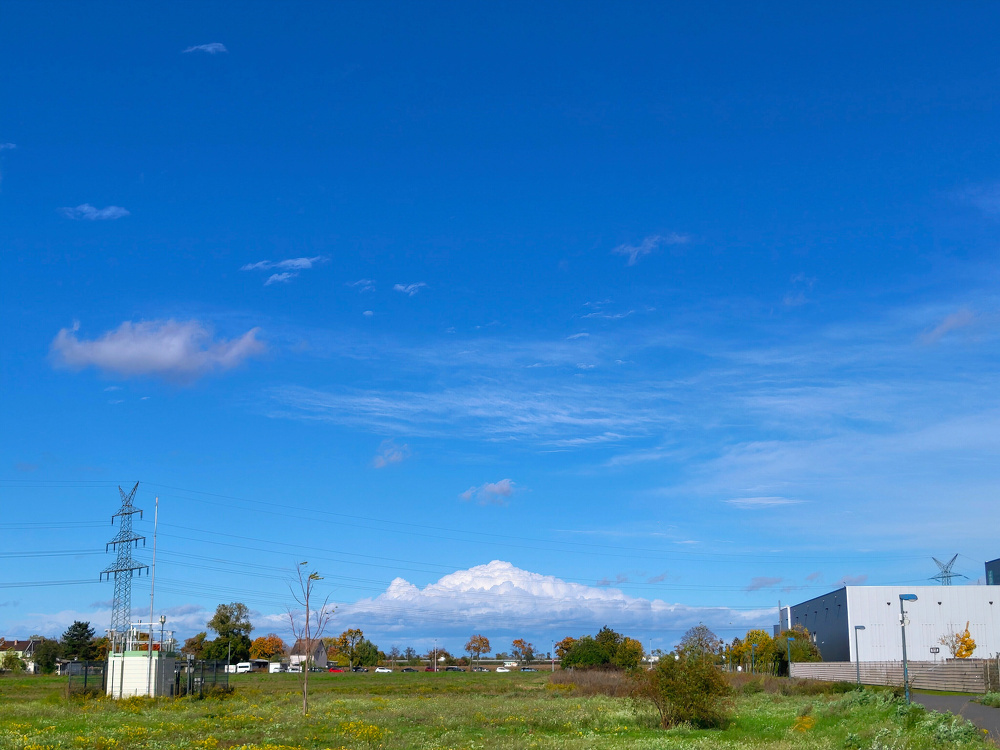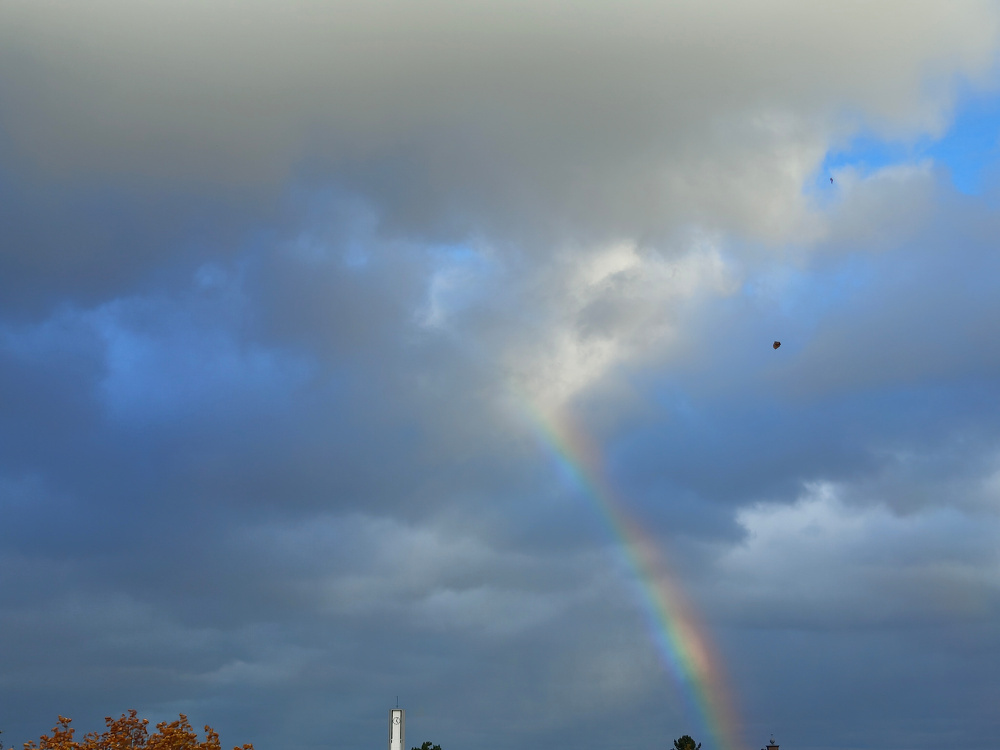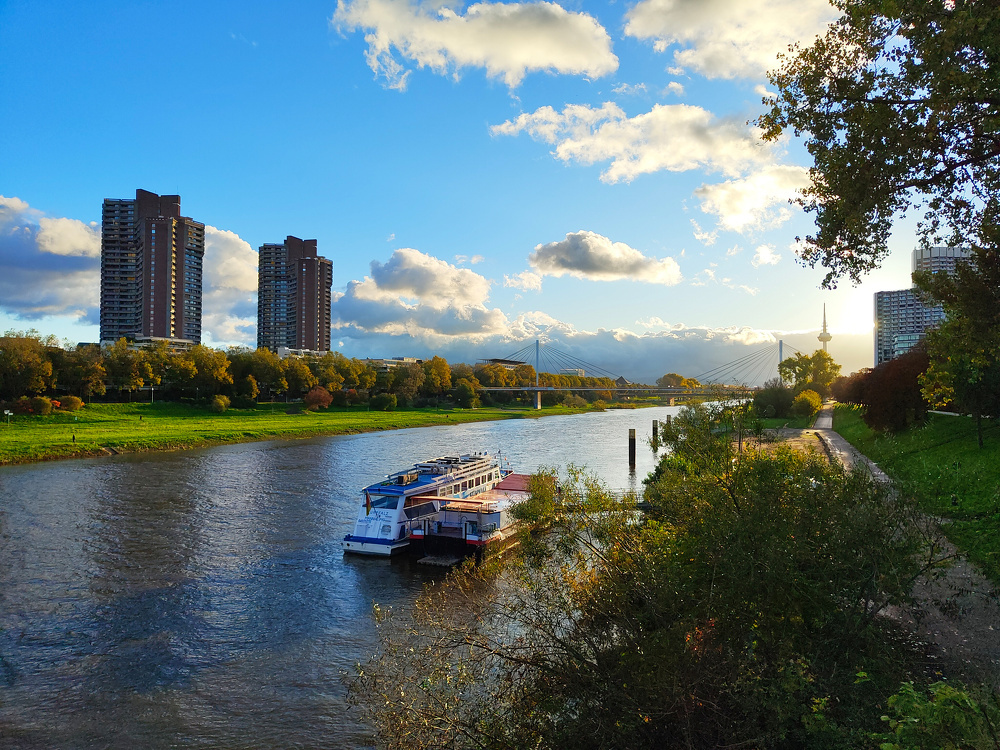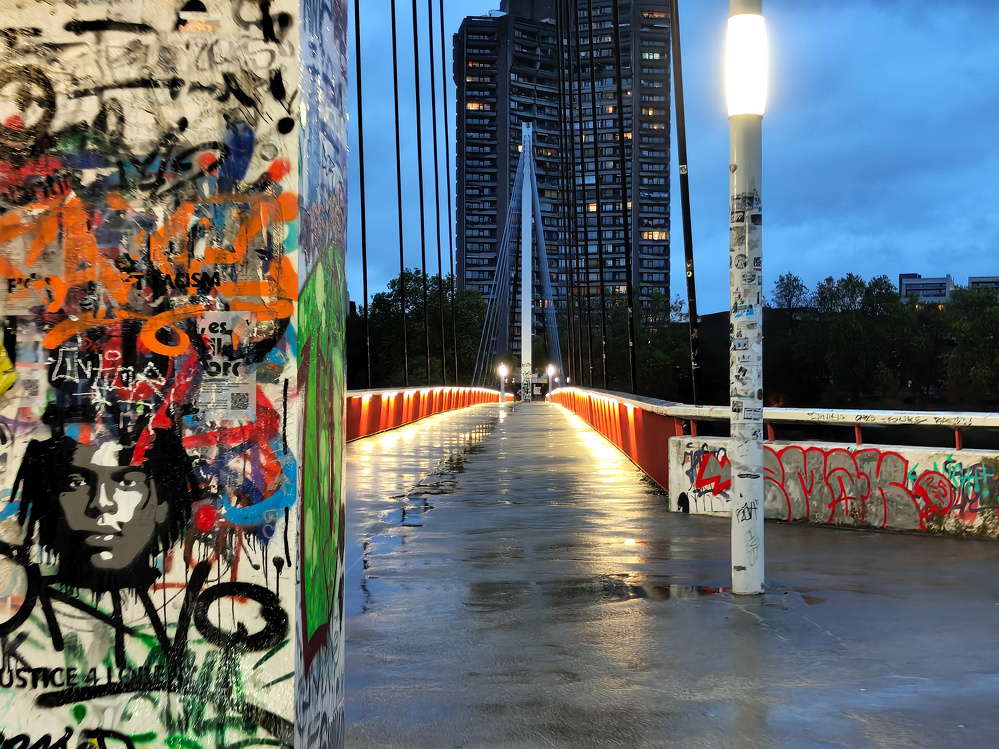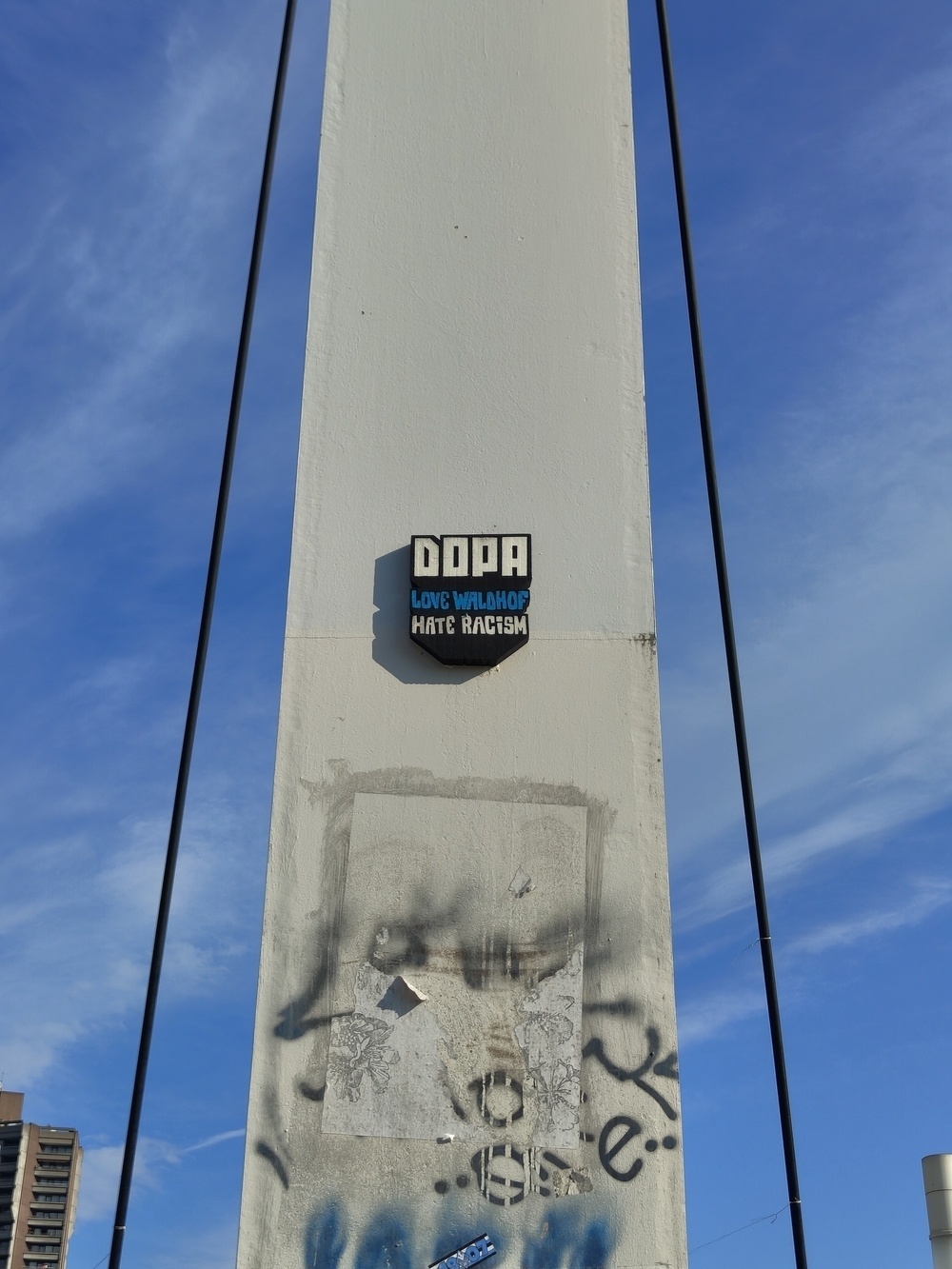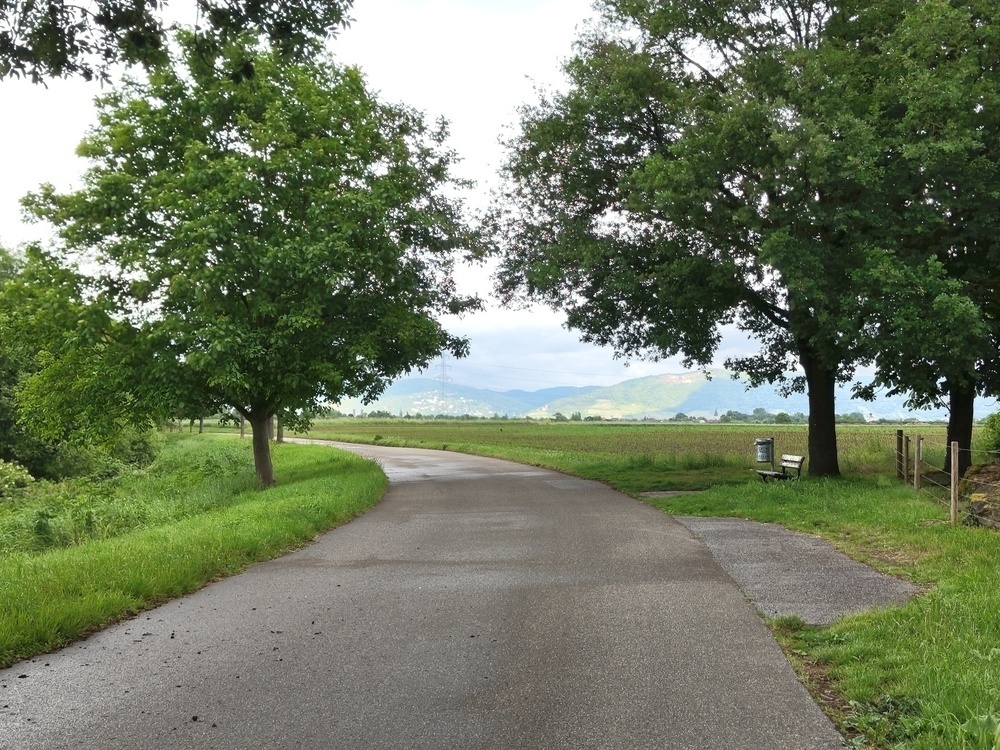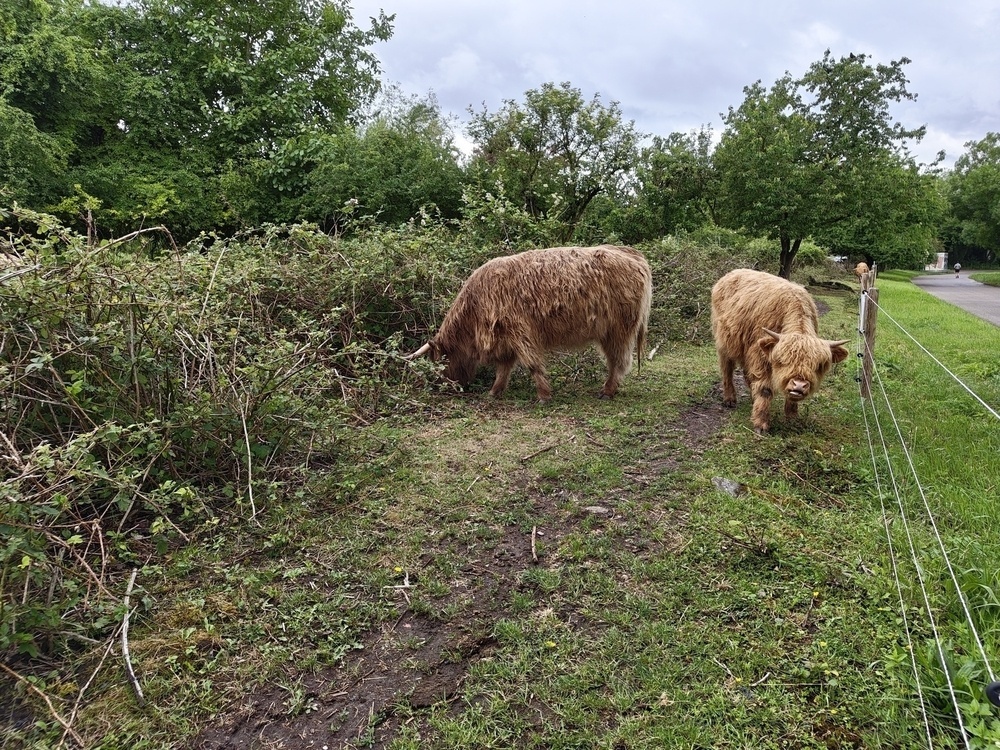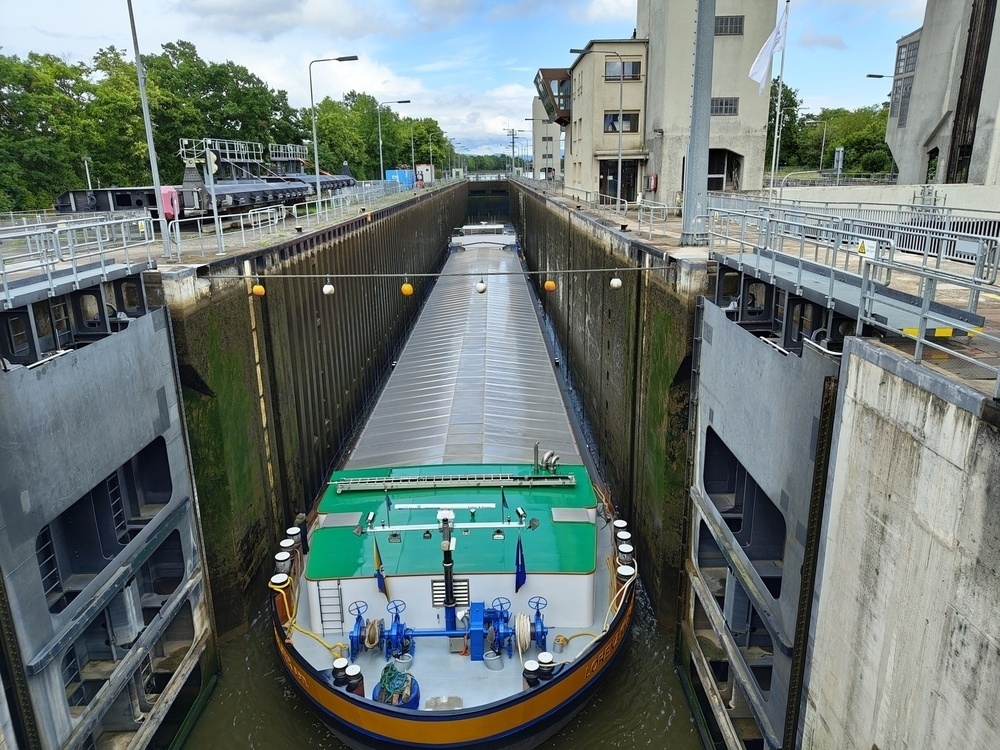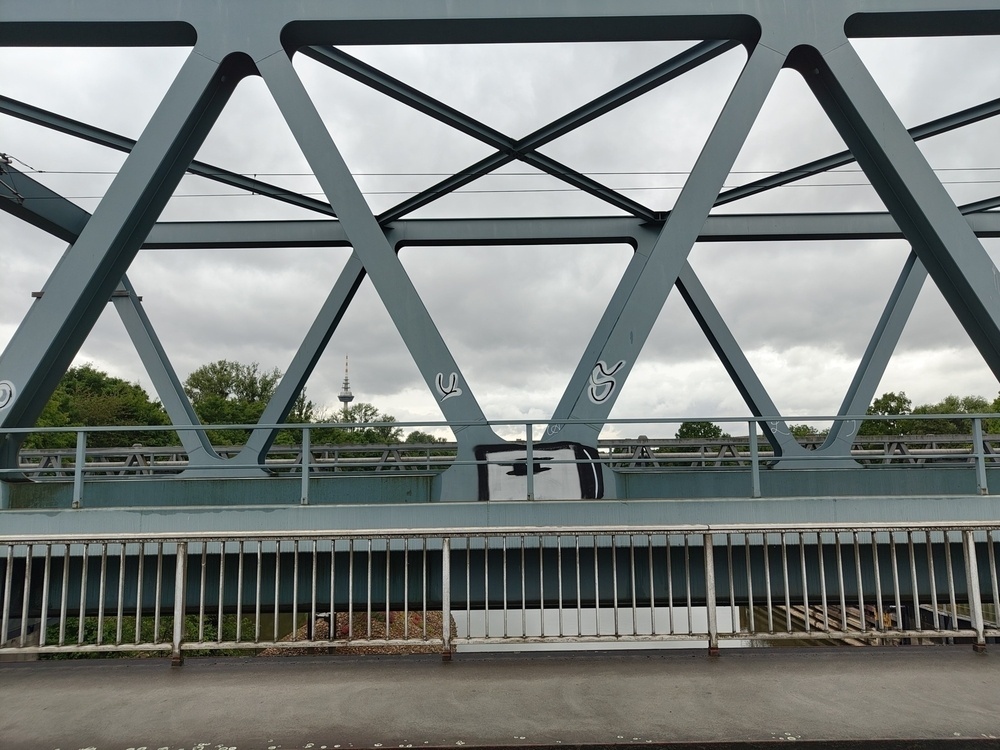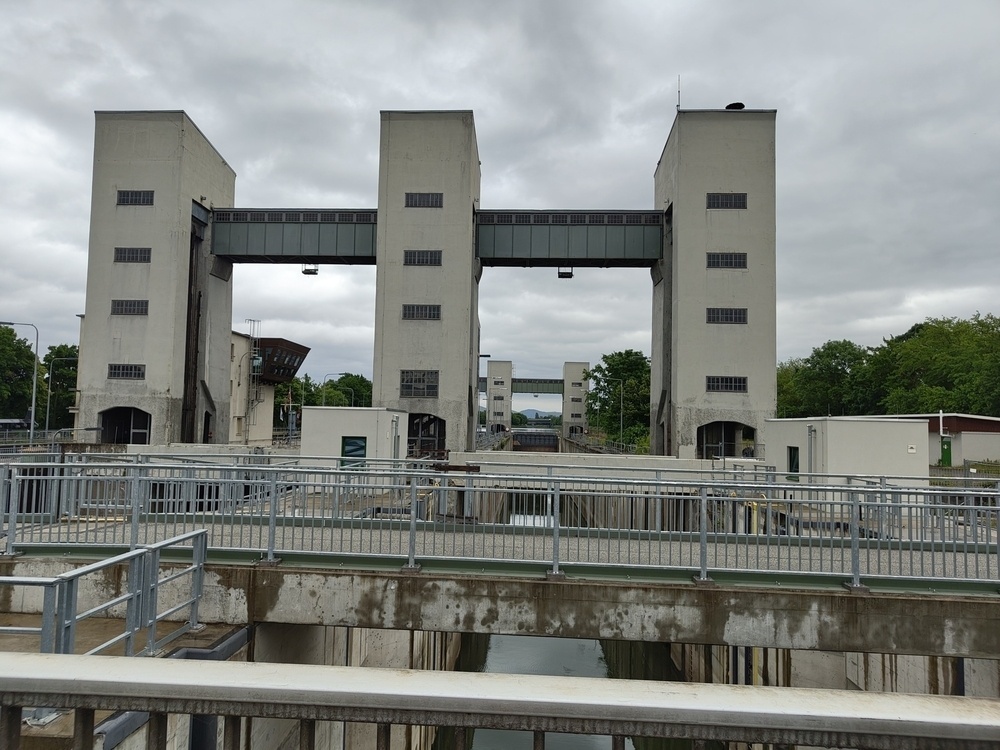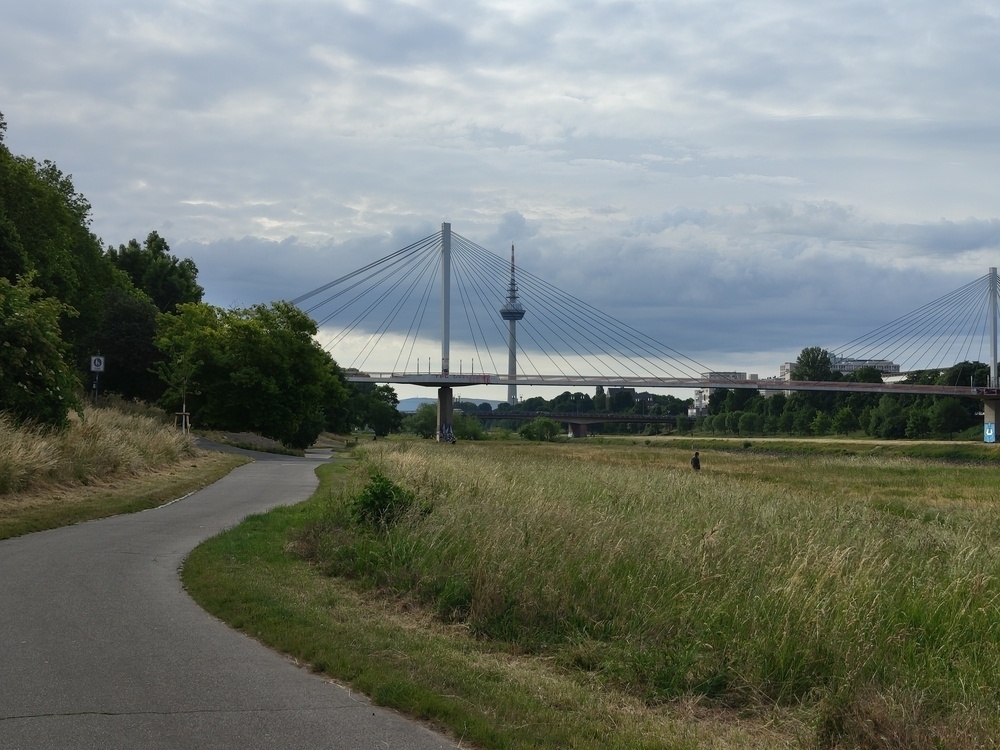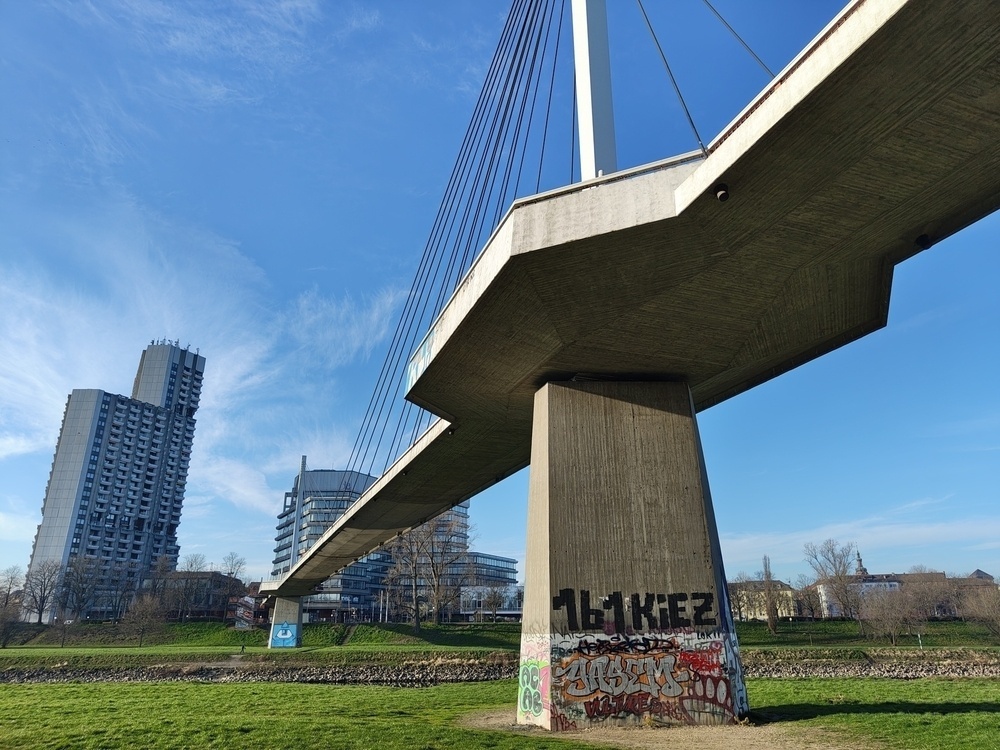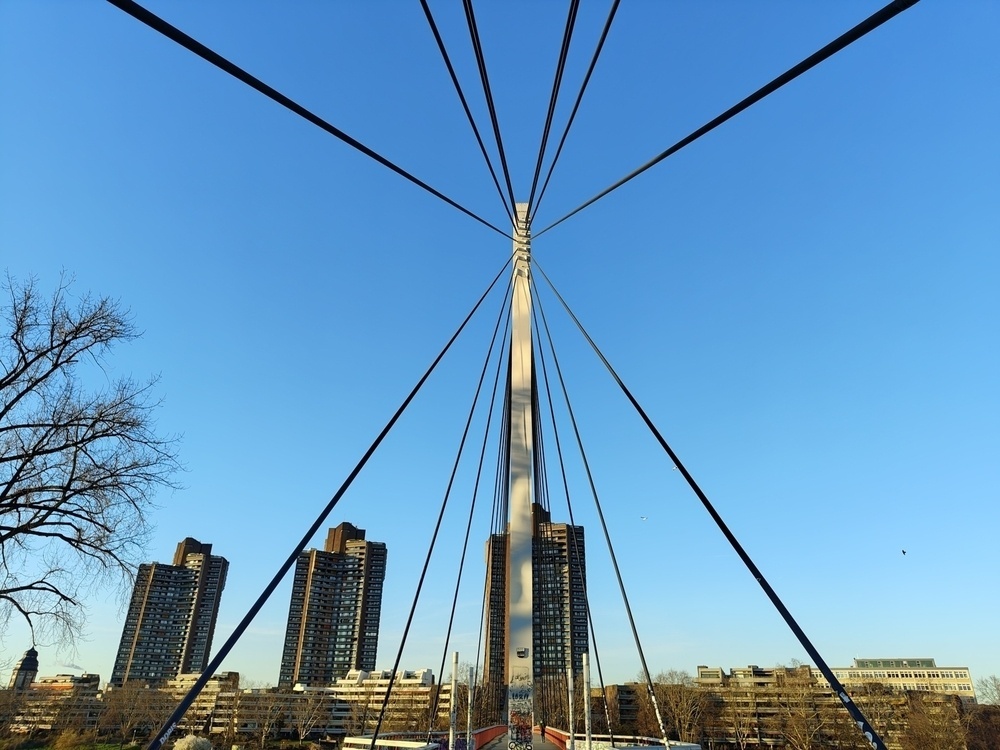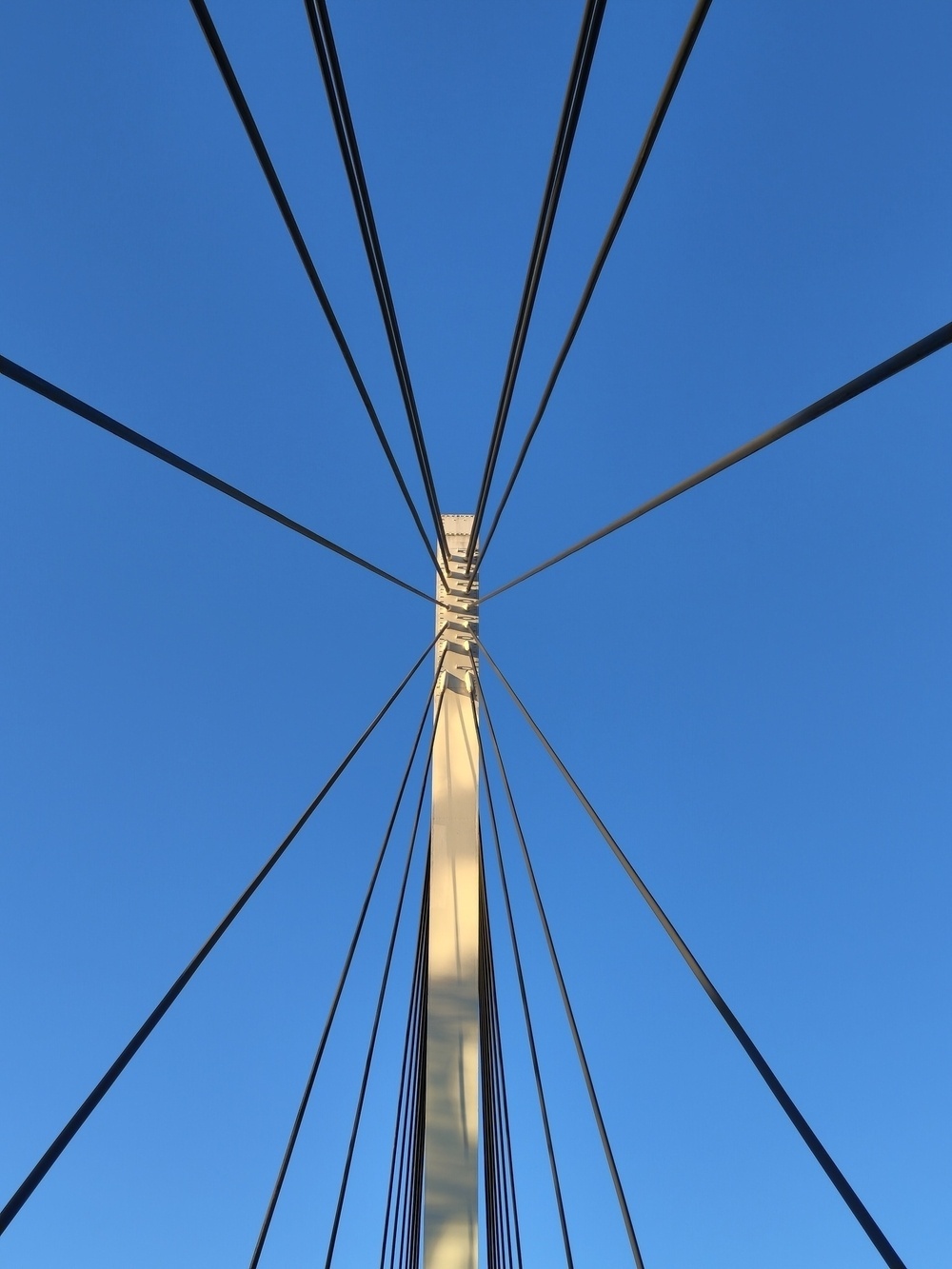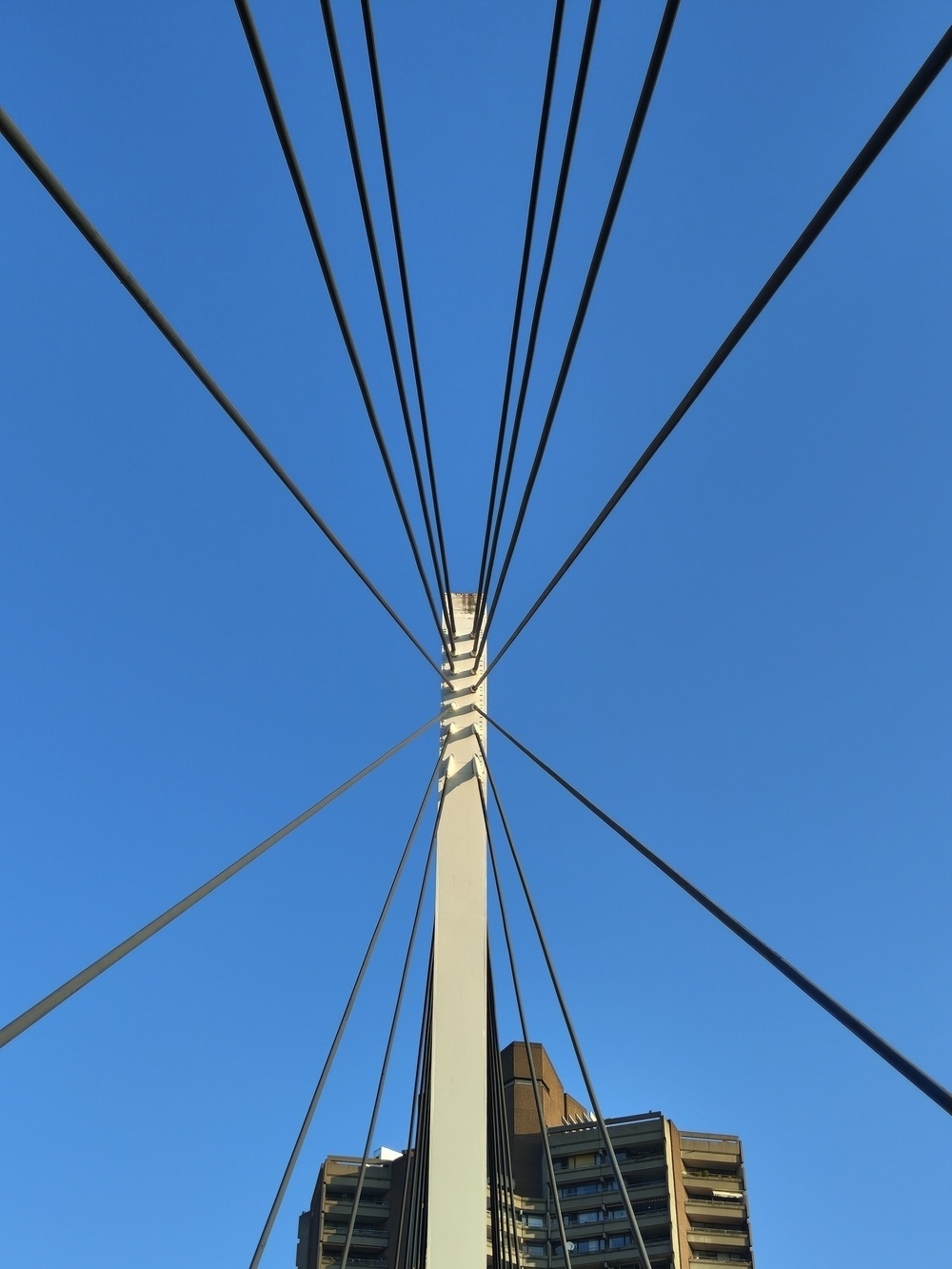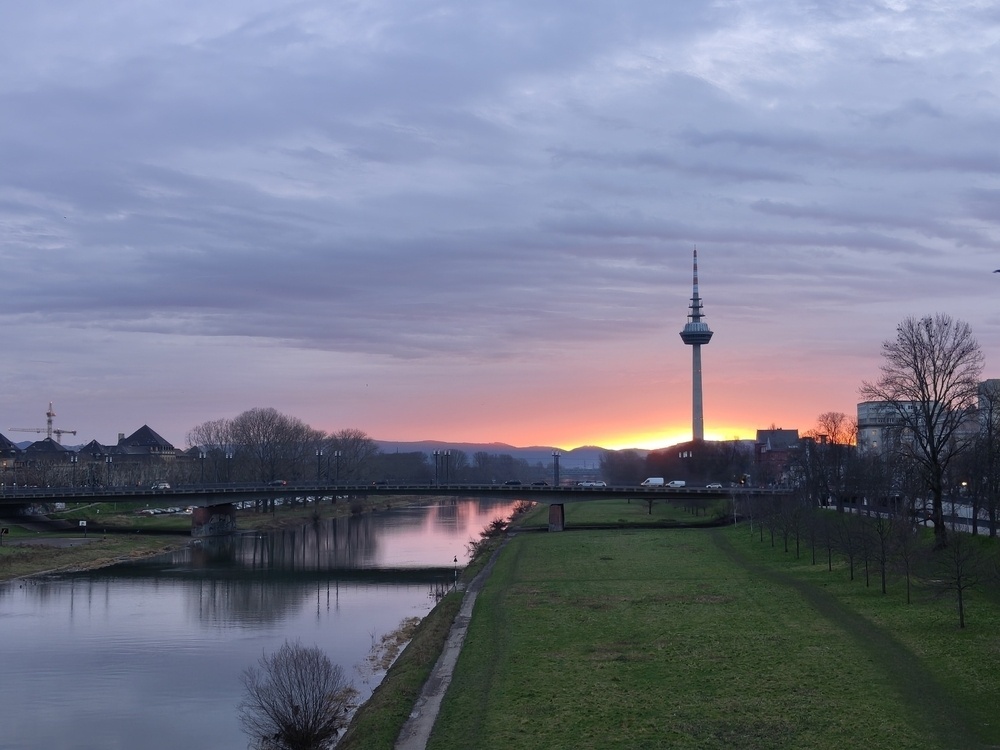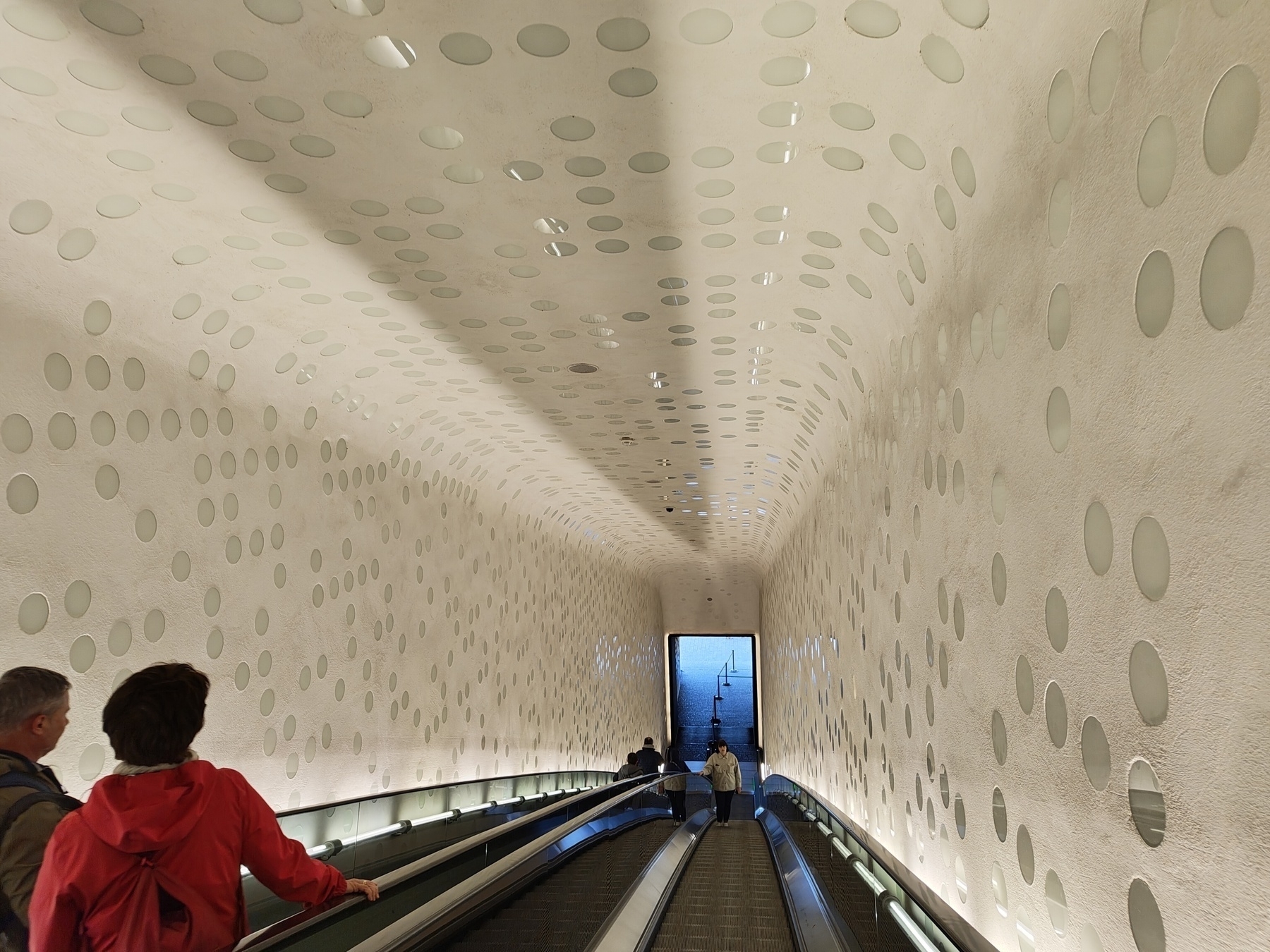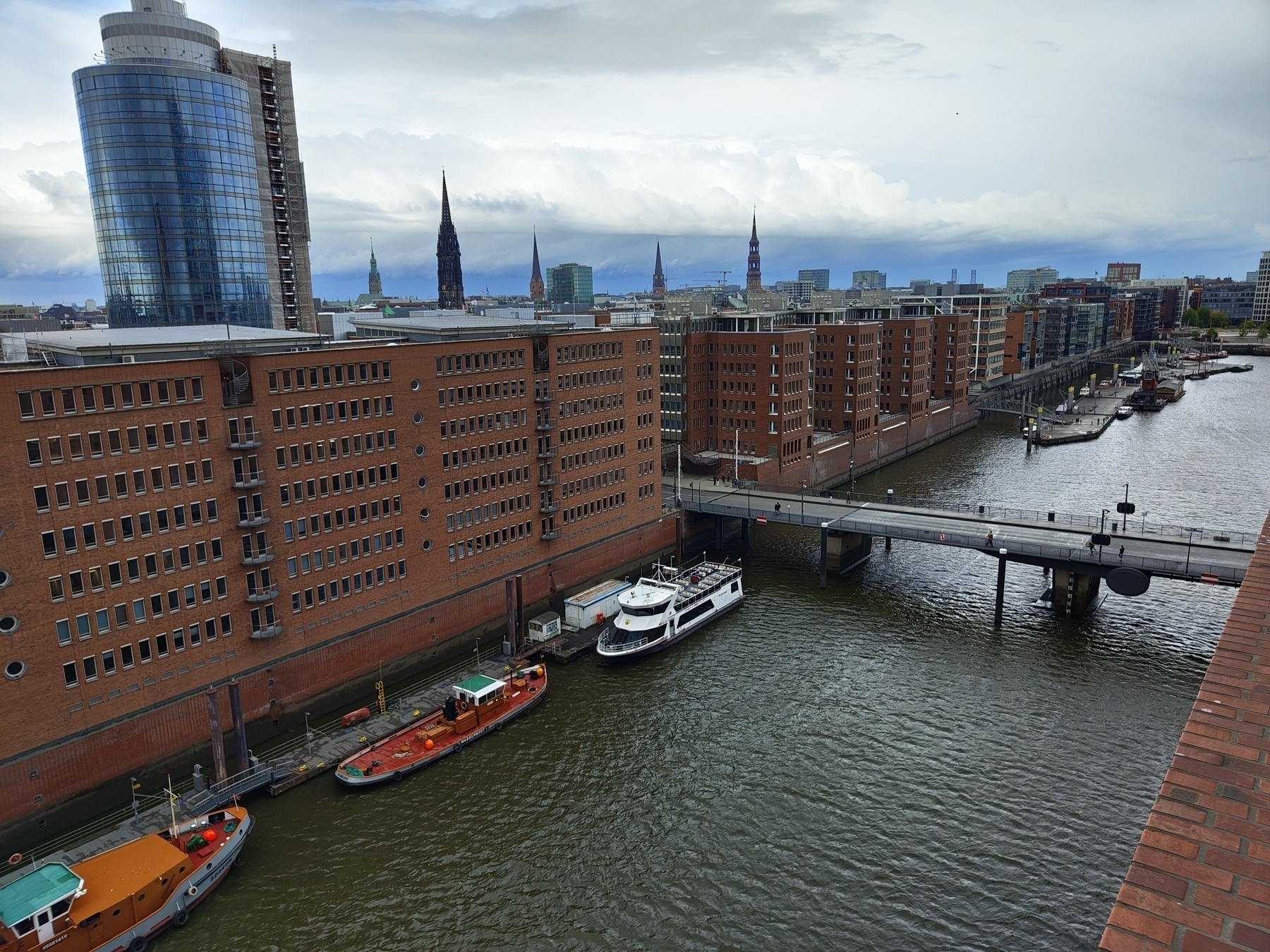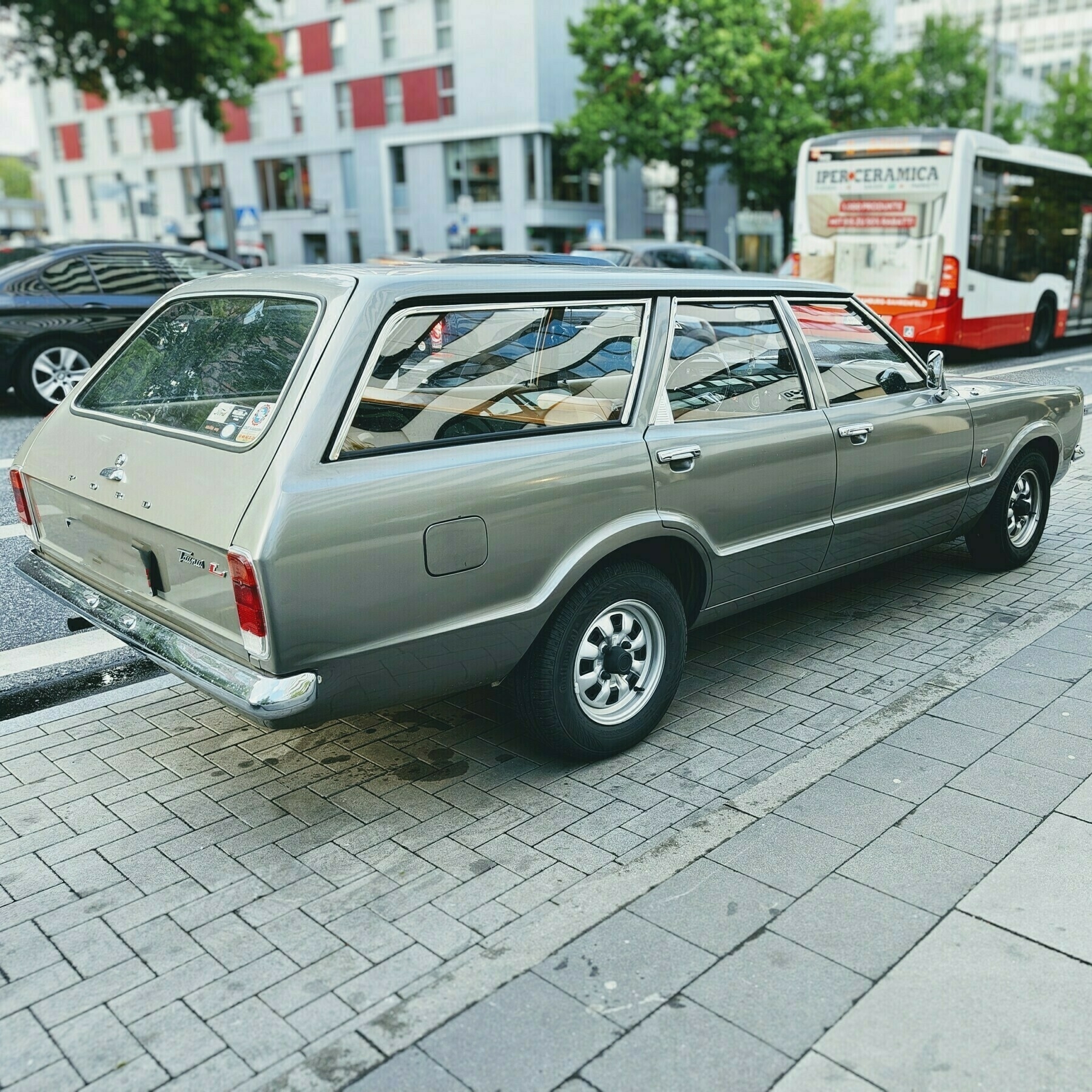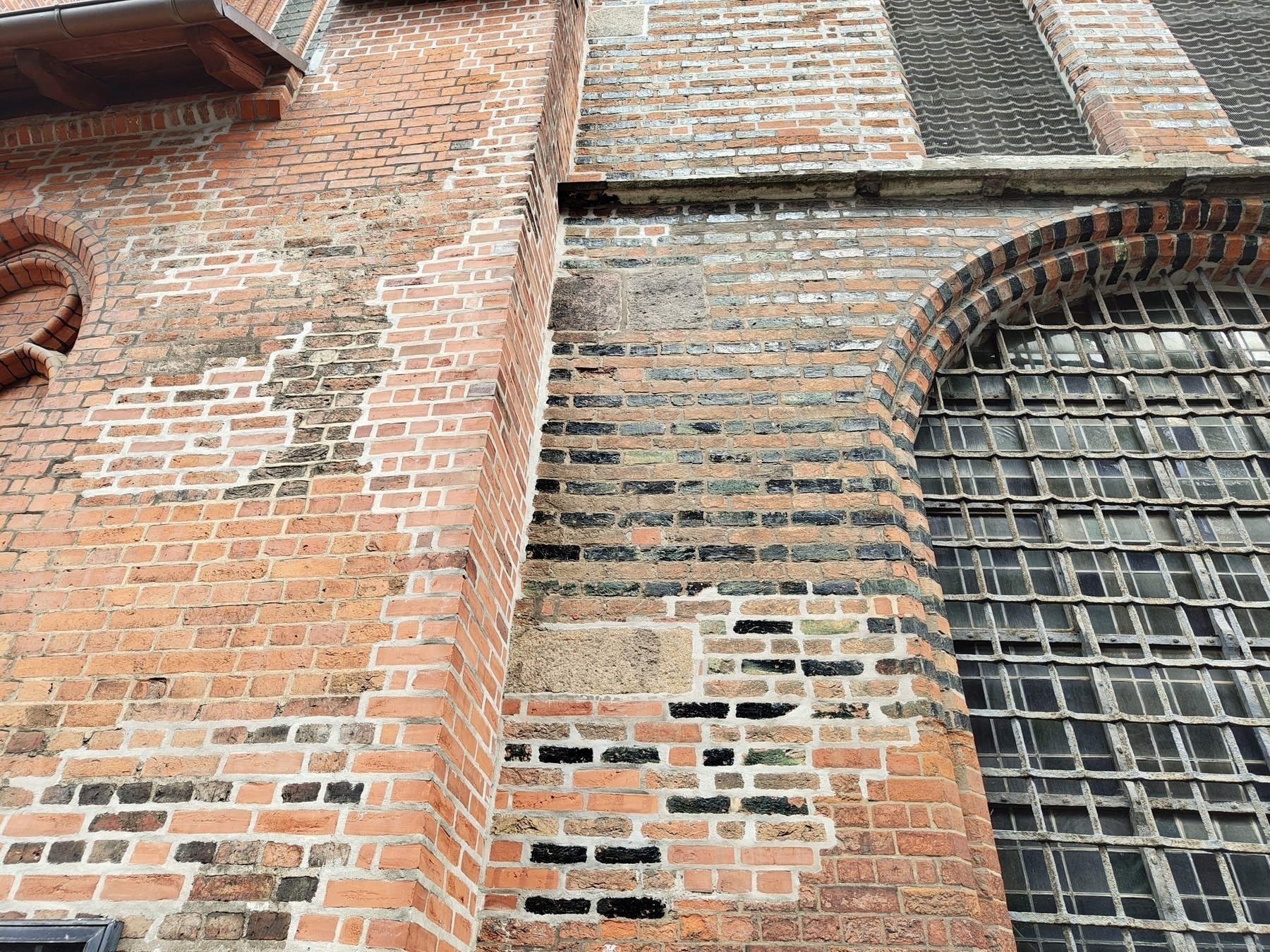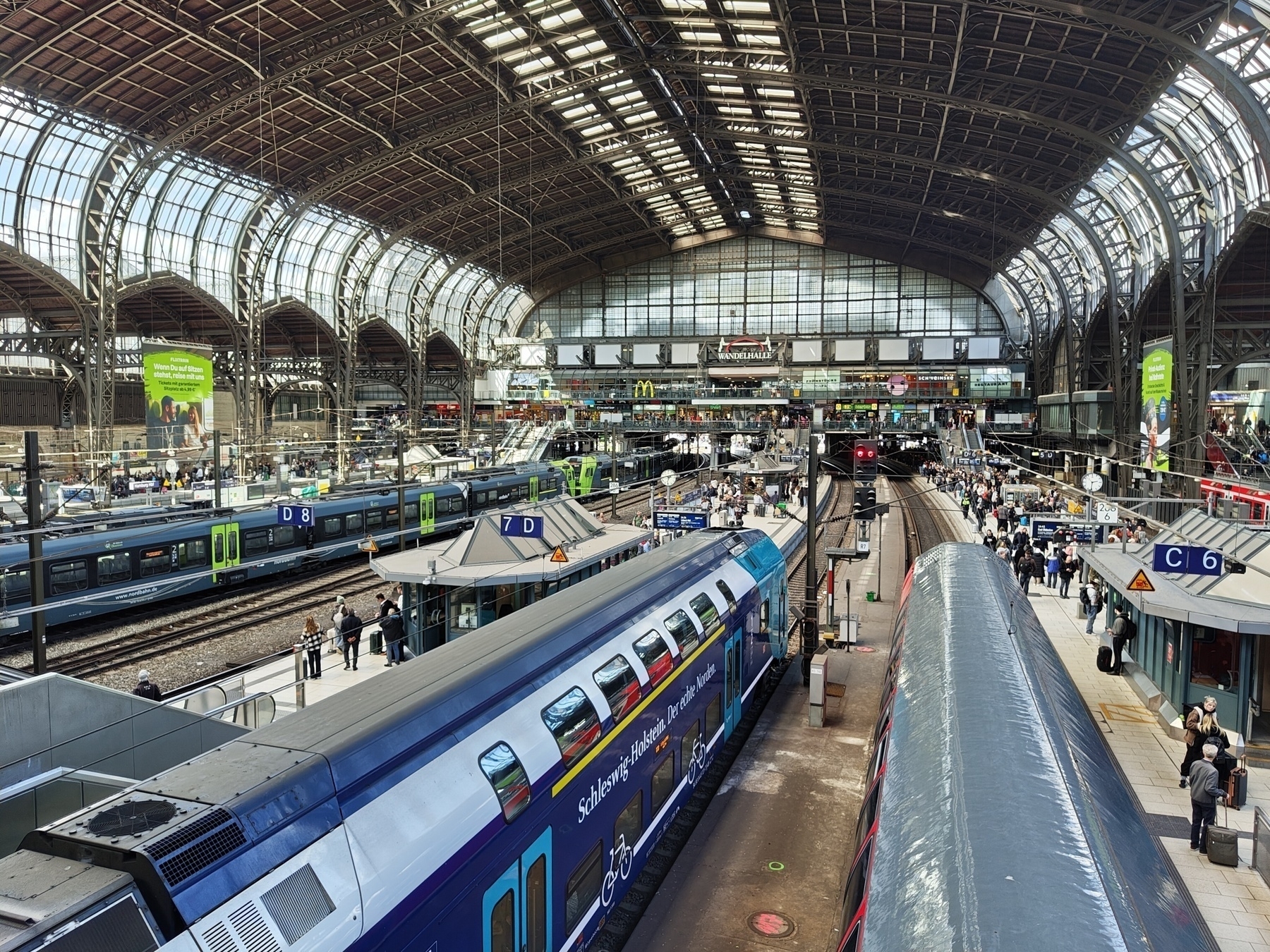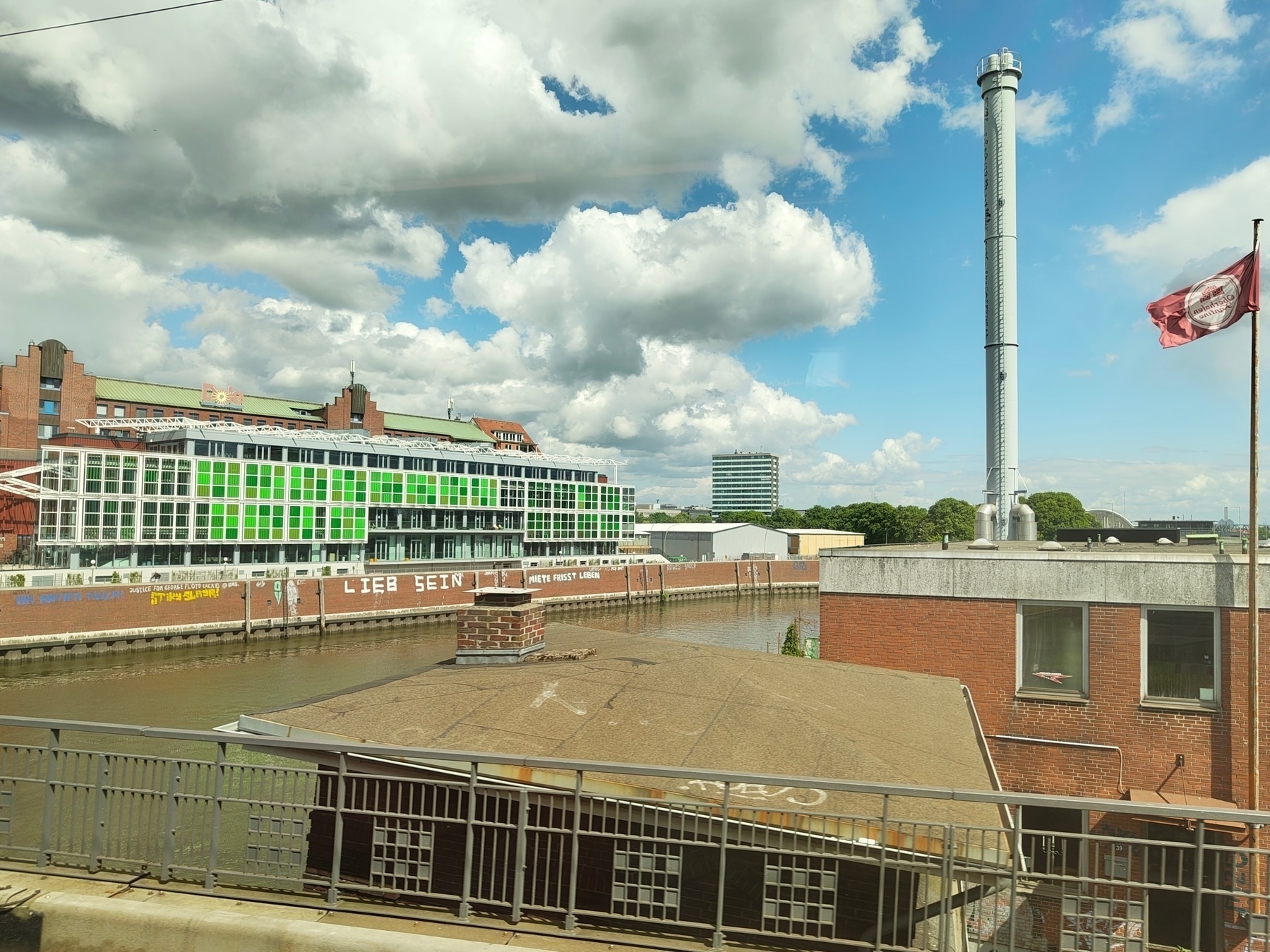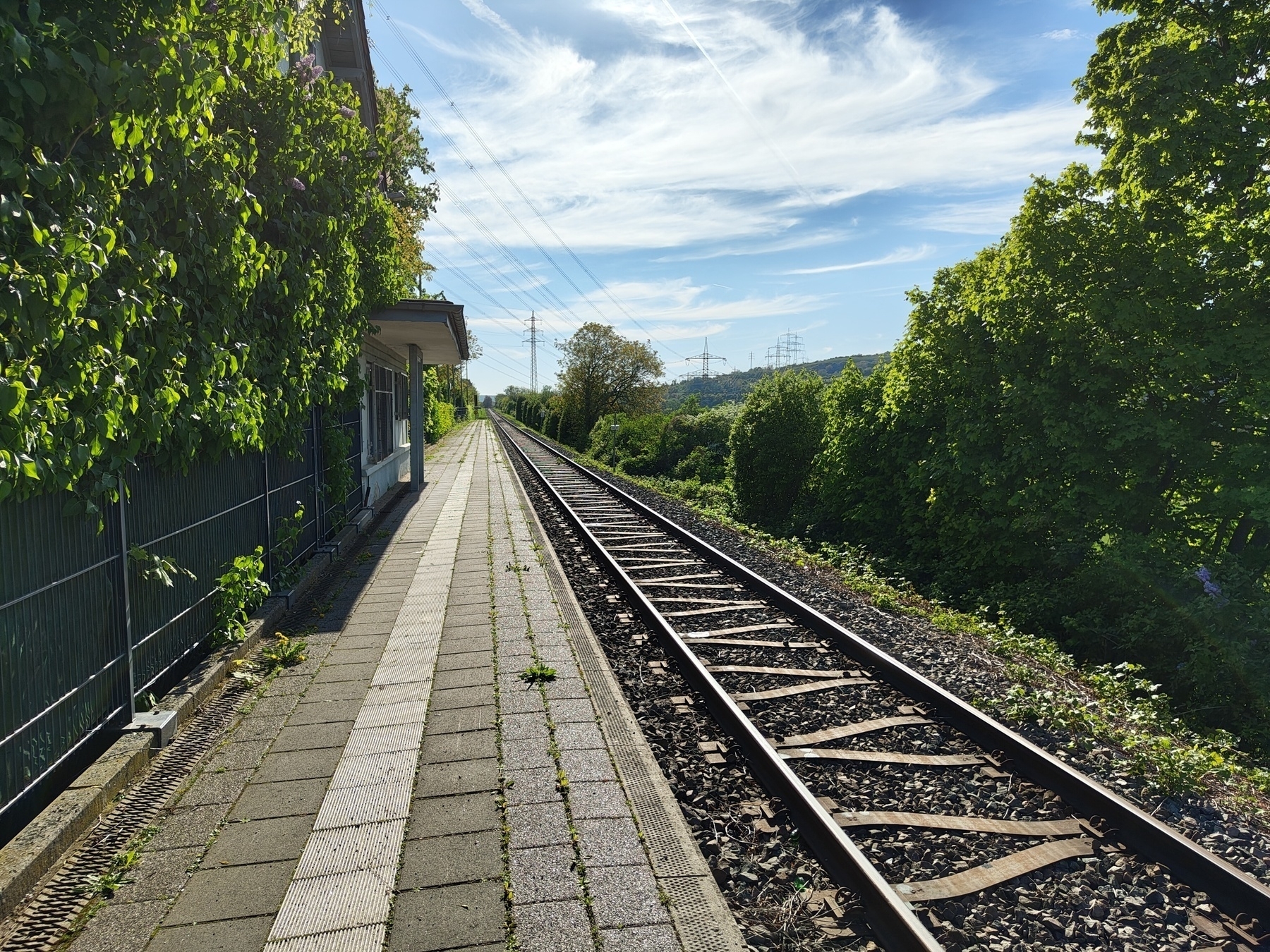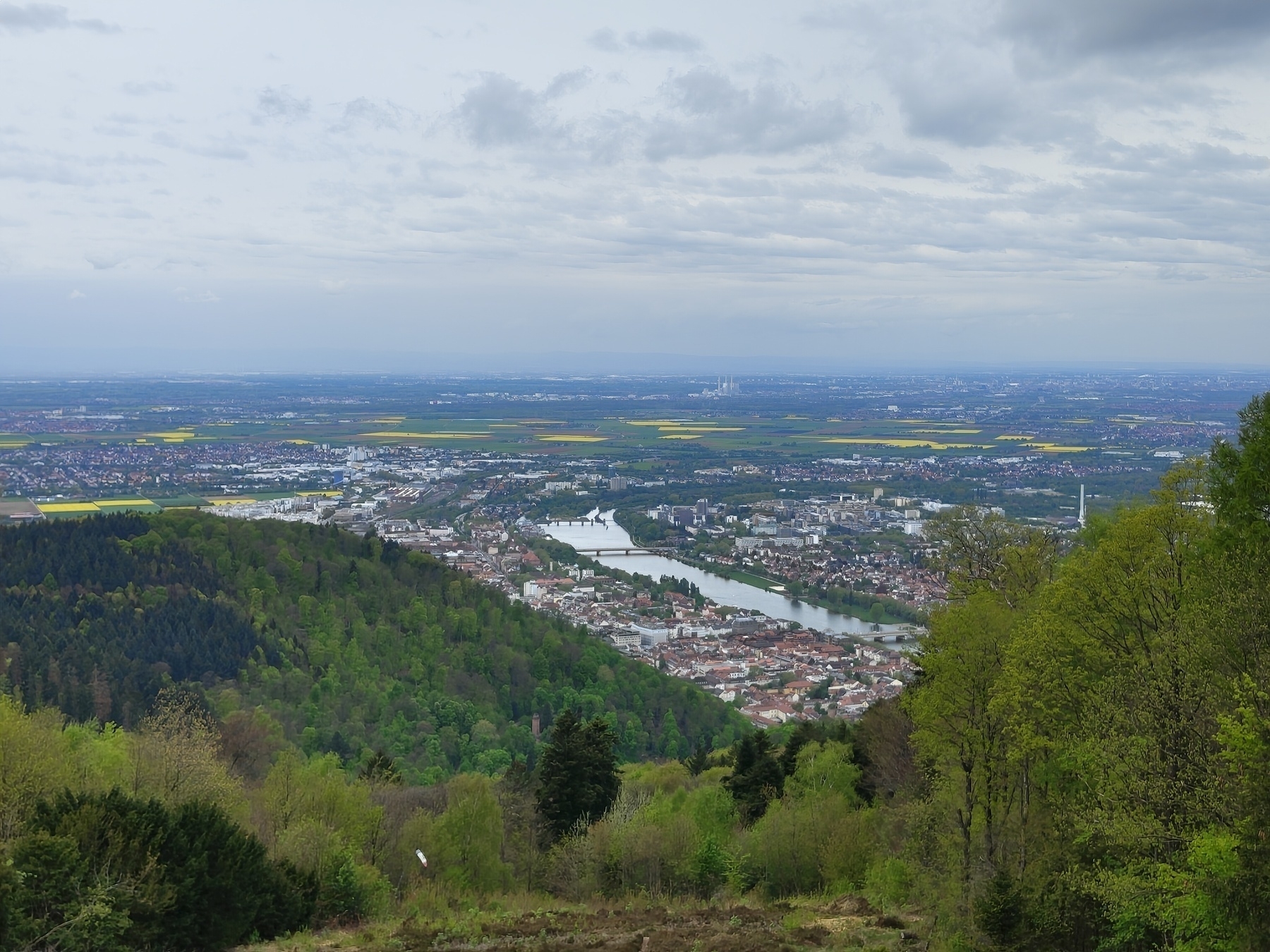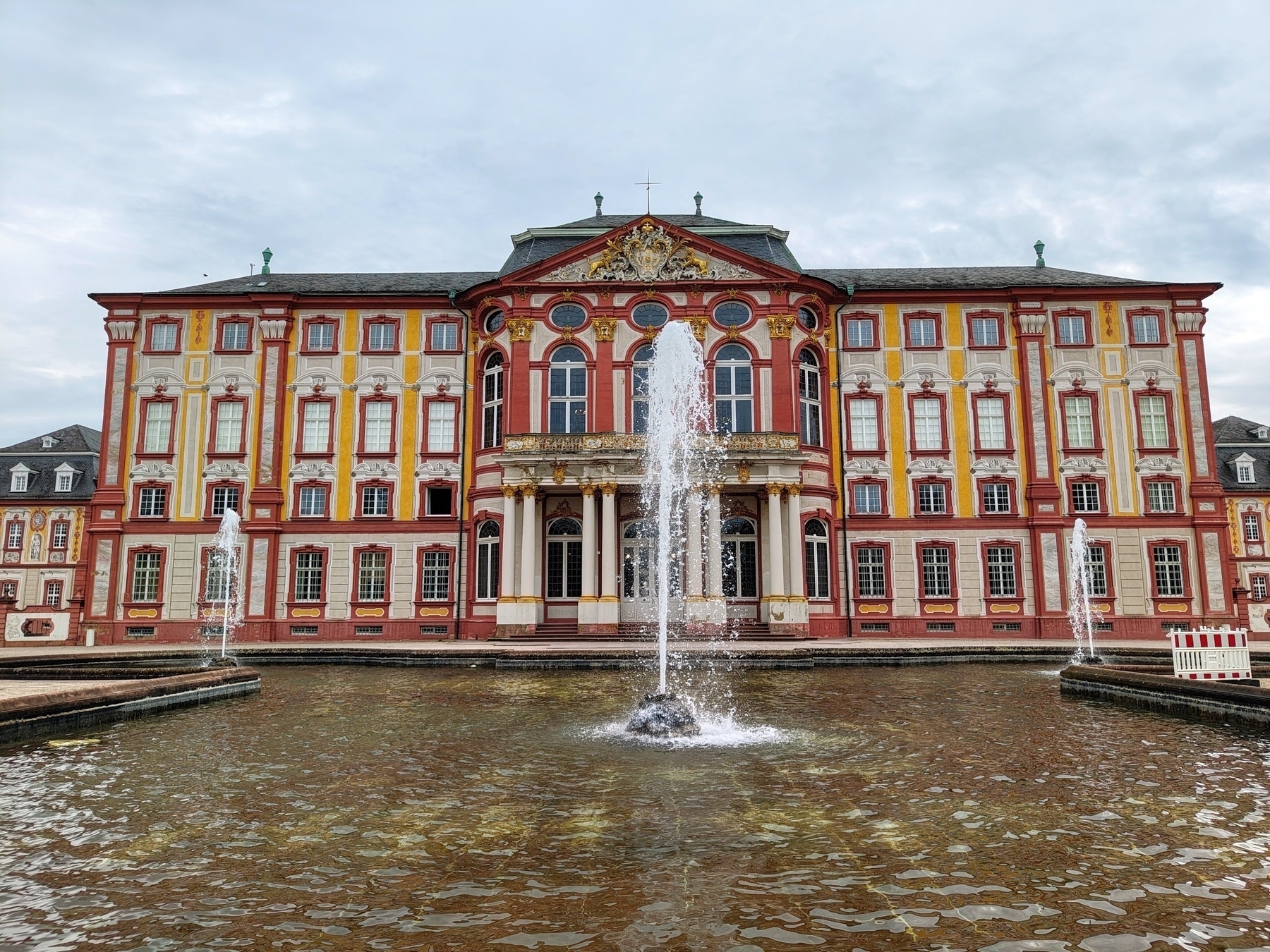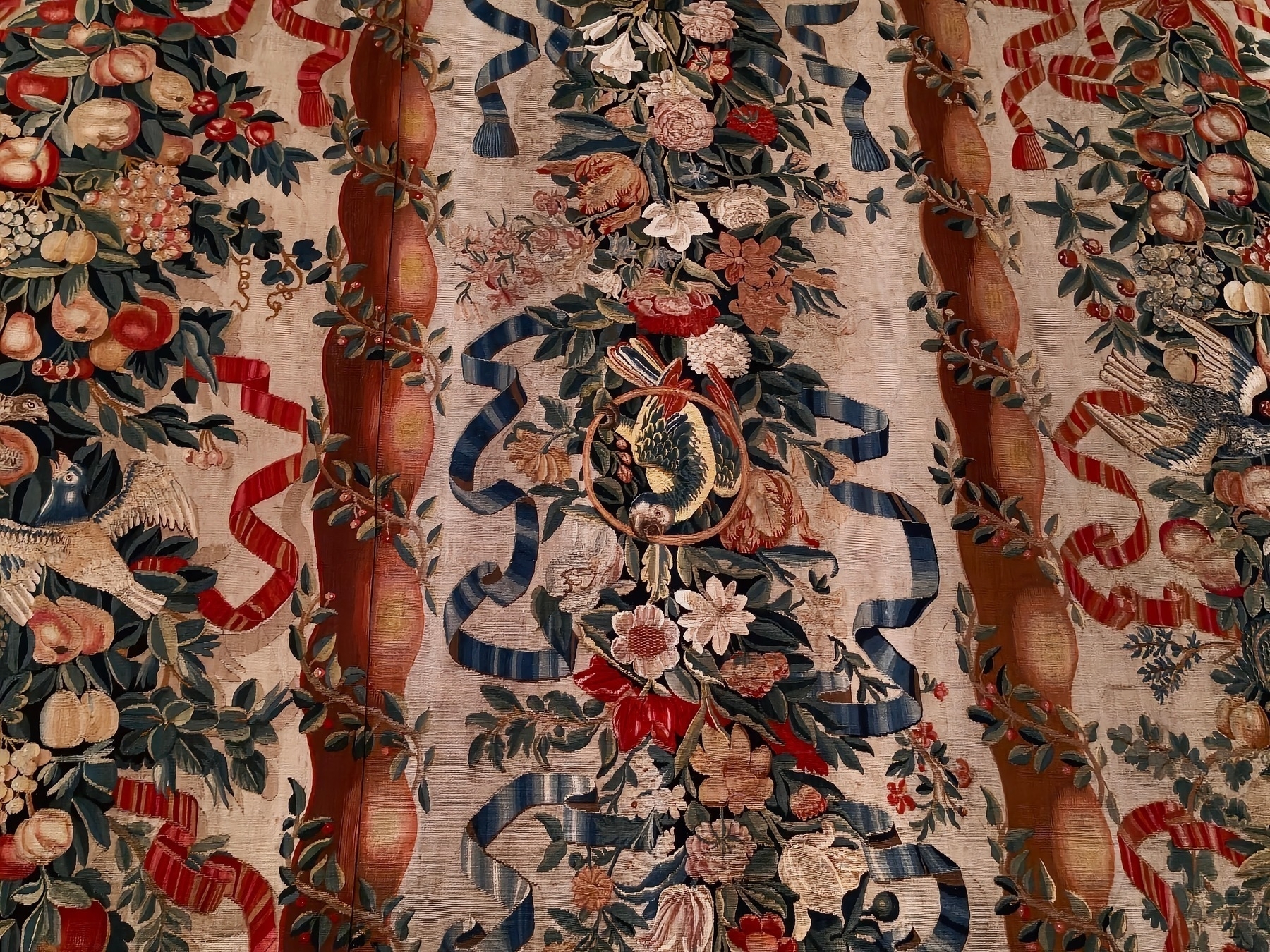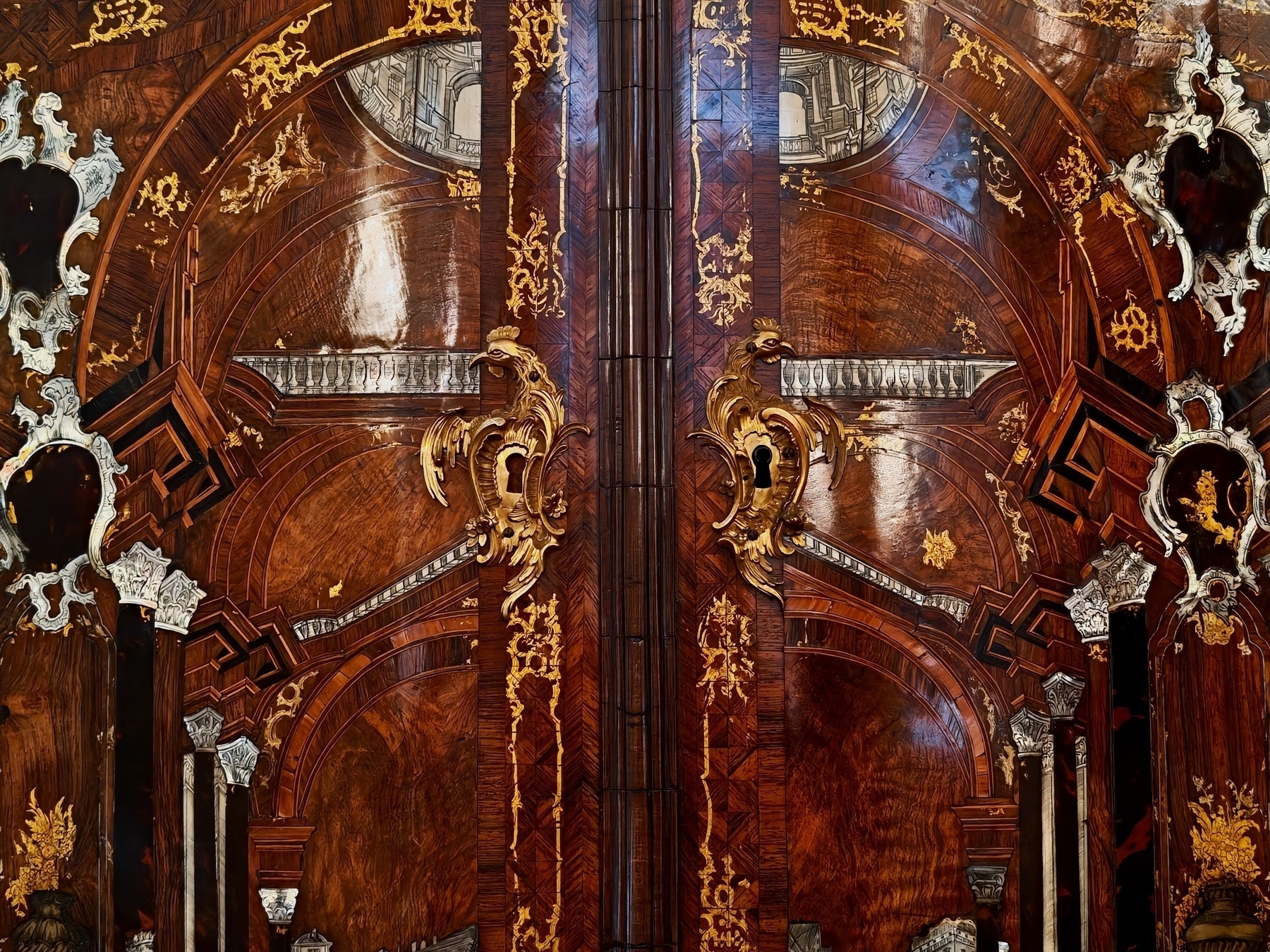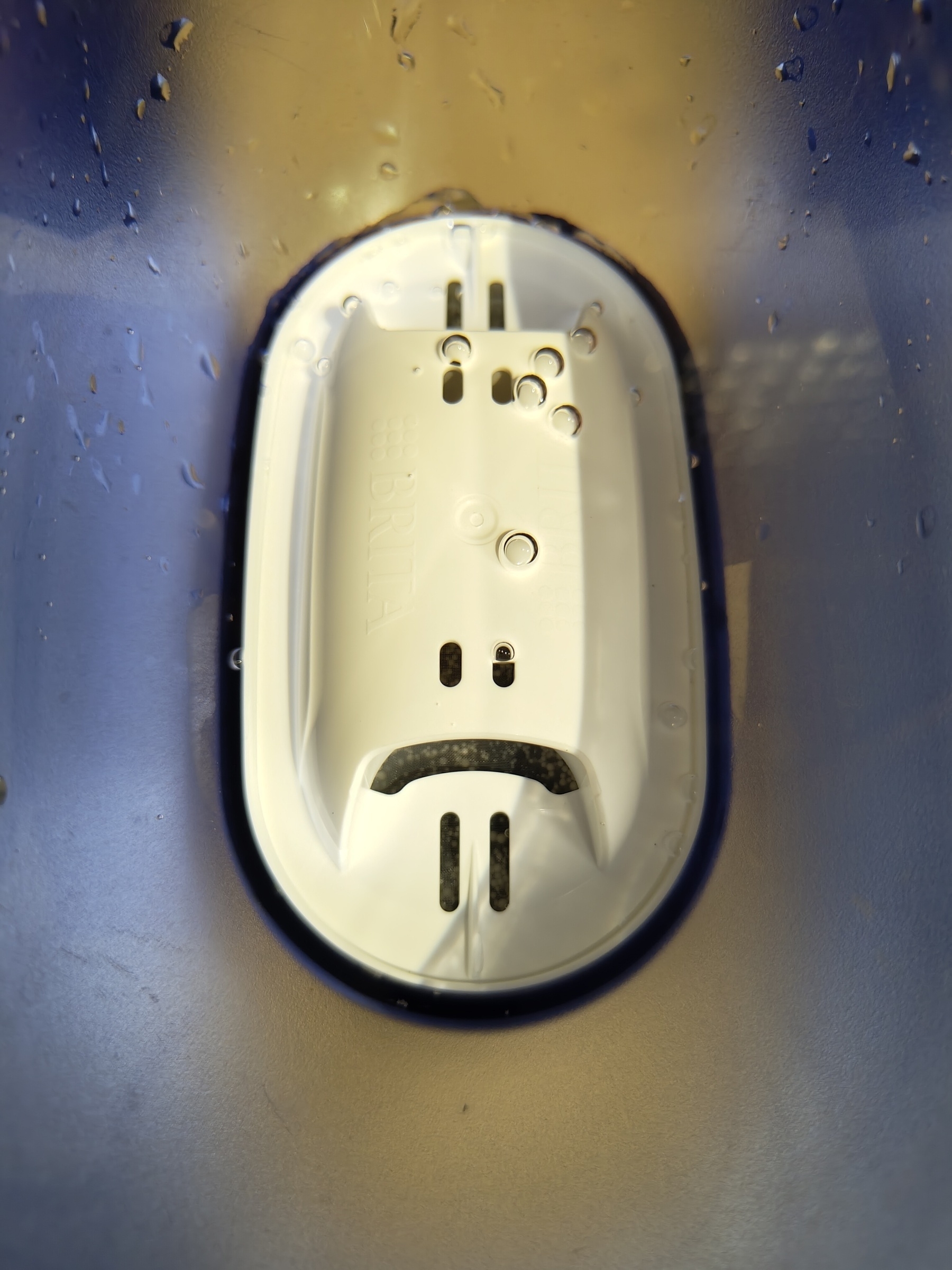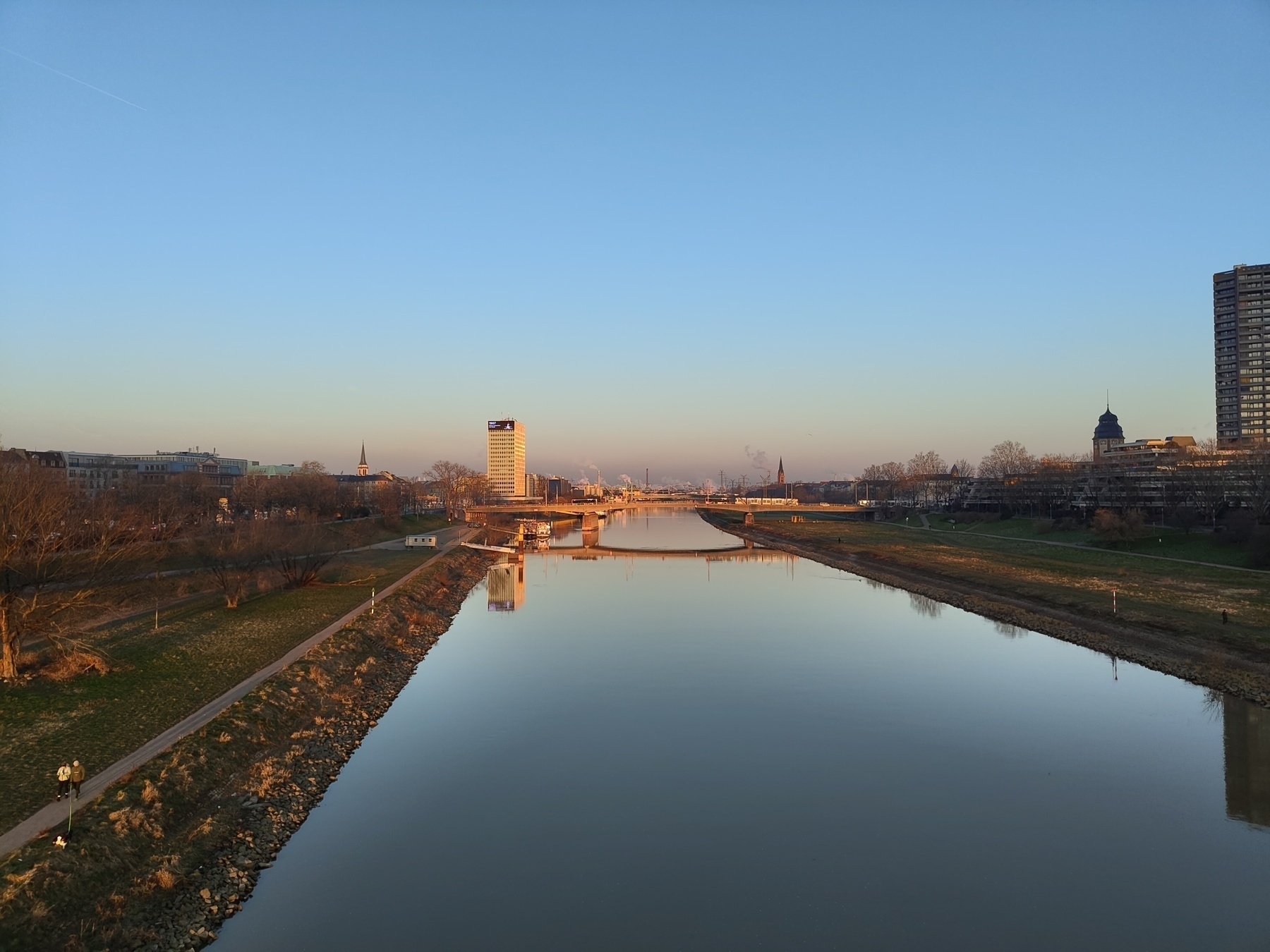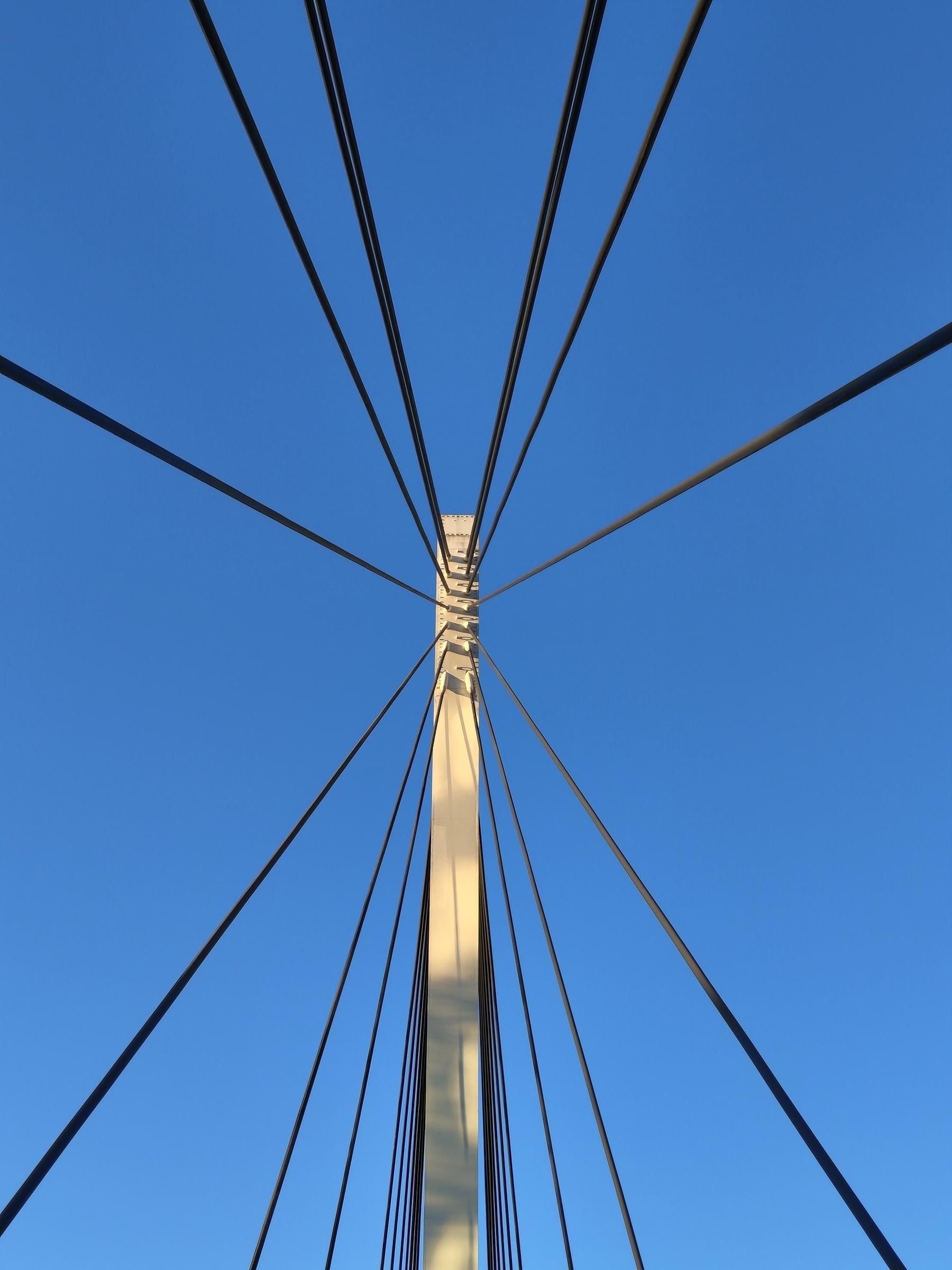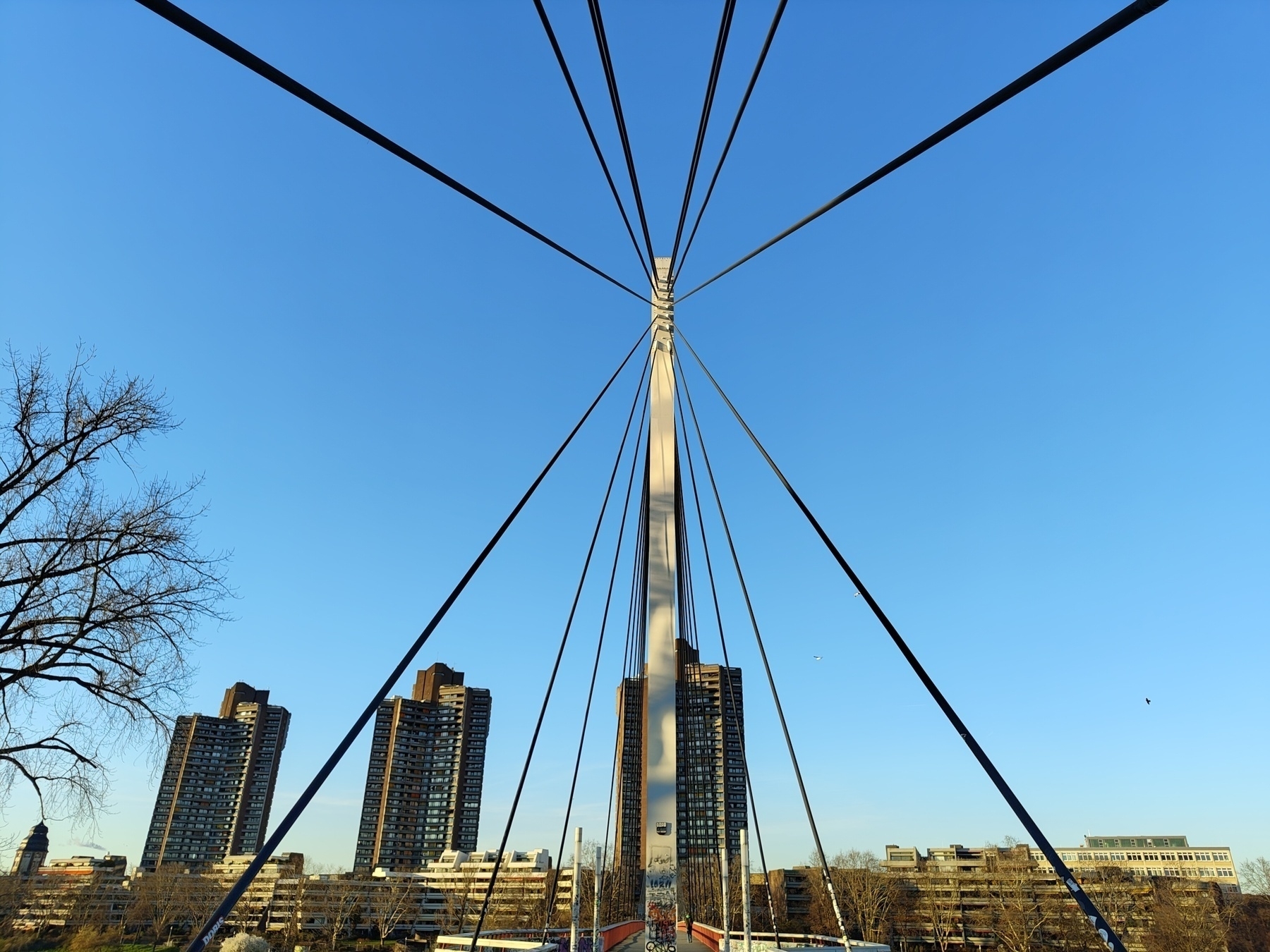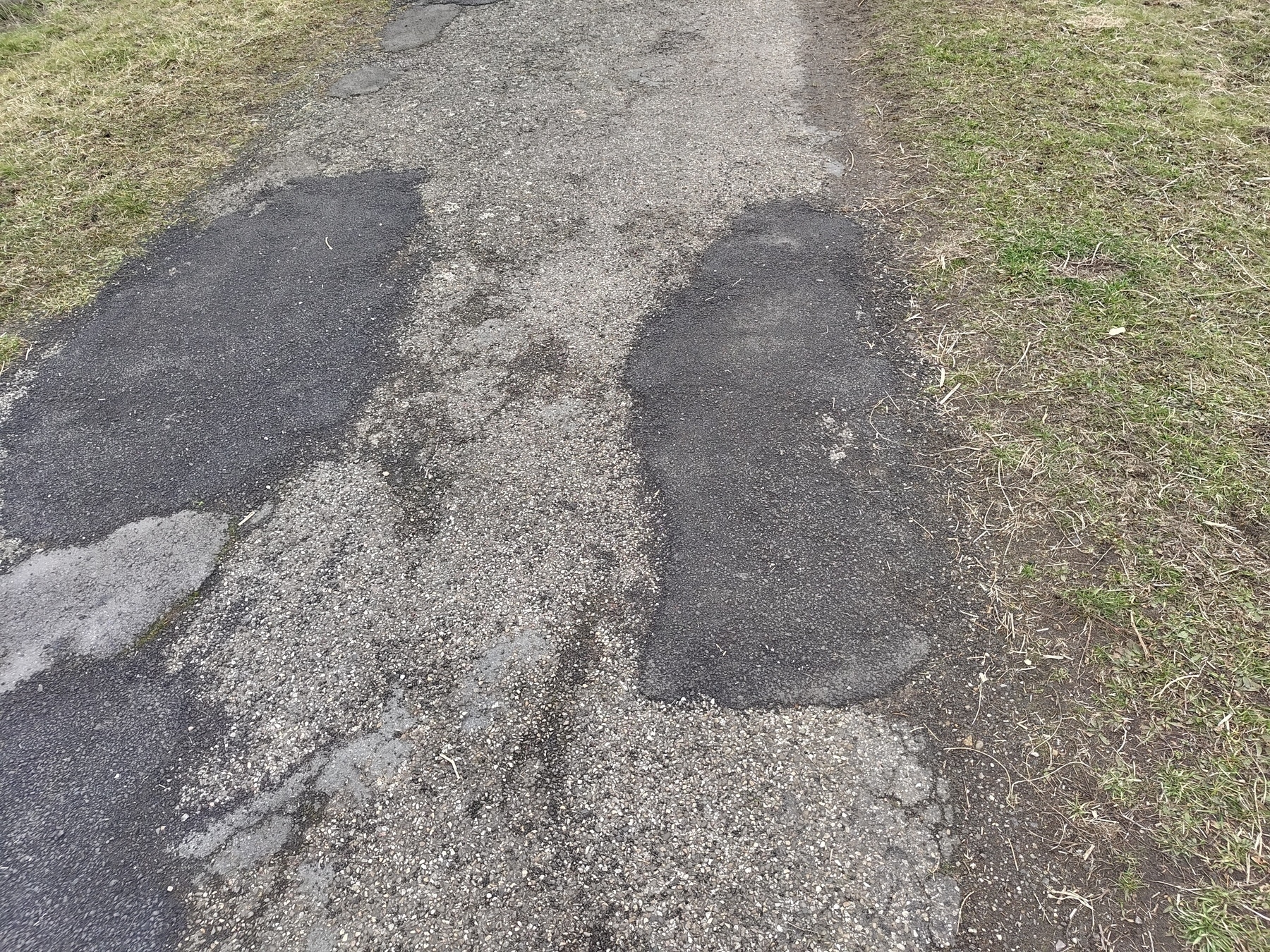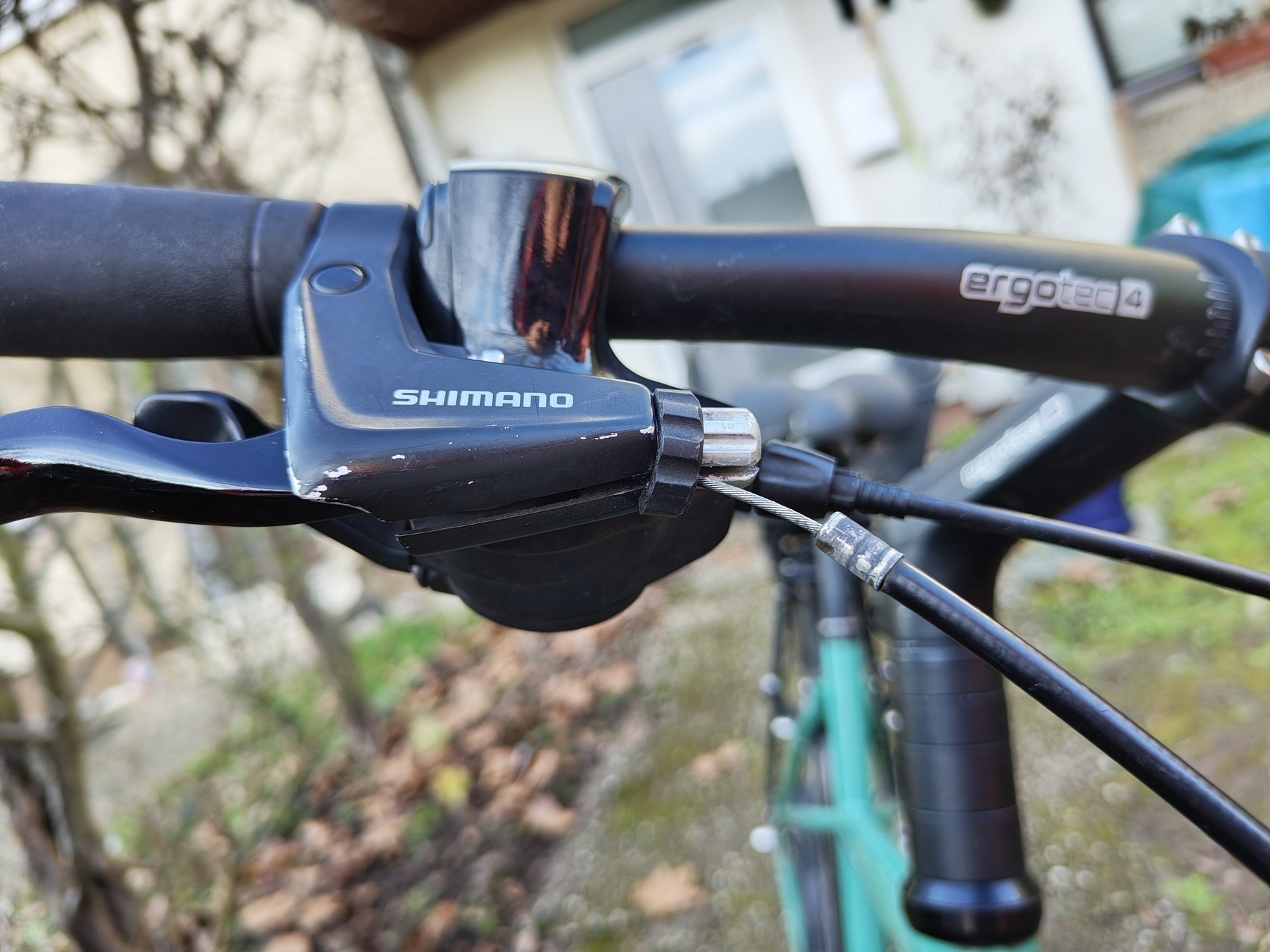A “call-to-posts” by Ur-Blogger Dave Winer (http-not-secure rebel* Mets fan) in his daily post of Friday 14th of March, on the topic of why we believe in the Writer’s Web, got me reflecting on my own long, winding and intermittent journey into blogging.
And that’s precisely the thing: it got me reflecting: thinking nebulous thoughts about why I blog, where I do it, what I’ve posted and also how easy it is not to write and post.
I’m an inveterate tool-excuser: I’m not writing much because there’s some niggle about Blogger, or Typepad, or Byword, or iA Writer, or Wordpress, or even my computer of the time, that gets in the way of true “flow”: there genuinely have been things that have irked me about them all - but they’re all excuses that run along the grain of procrastination. And what do we procrastinate against? Hard mental work, which is what writing and - especially, for me - editing is.
Getting from a nebulous idea to a cogent narrative that somebody might read is a challenge that, after my day job in engineering, raising the family, keeping up with the hobbies in music and occasional sport, and all, I’m often not quite up to. If I end up writing at all, it’s dabbling and drafting more than publishing. News and streaming sites provide the easy outs, the opium for the masses that I all too readily slide into.
I was attracted by the idea of the short-form posting of then Twitter, now Mastodon and Bluesky. But I found that I had nothing to say of sufficient expertise (I can’t easily talk about what I develop at work, for example), or pithily humorous to match the big posters - and I also discovered an internal dread of going viral. It turns out that I don’t really want any of my posts to “blow up”.
Equally, I dislike the idea of newsletters, since I don’t want to push my ideas on anybody else, taking up their valuable time with things that don’t really grab them.
Blogging, then, is perfect for me, since I can imagine my readers, without needing to know that they exist or will read anything. Those that do want to get in touch regarding a particular post know how to, and anything that somebody that might have linked to is happily free in the wild without needing further care or attention on my part.
The idea of form is linked to what our tools can provide (see below), but the writer needs to know that form, length and complexity are all up to them.
Sometimes just a thousand words
Being part of the “background noise” of blogging, nestled in the Writer’s Web, is liberating on the visuals side, too. There’s just sufficient additional hassle associated with adding pictures to posts that I really need to know that they are relevant, or are perhaps the focus of a short post, rather than being a tactic to garner attention (and distract at the same time), for me to add them to a post.
This means that I can focus more on my writing then, when I feel that the content is there, on finding relevant titles and headers to collate ideas together, confirming the structure that evolved out of that flurry of ideas and typing.
I mentioned at the outset my perennial dissatisfaction with my blogging toolsets: I’m happy to report that I feel settled using the Micro.blog platform, posting to my own site. The topic of where I draft still crops up (I’m actually writing this directly in the Micro.blog web interface), but I’ve whittled things down to a few tools, depending mostly on whether I’m just “splashing” (as here) or if I’m composing and researching, as with many of my engineering posts, for which I’ll typically use an offline editor linked to a cloud sync service.
Of course, the best tool is inside us first of all: the motivation and concentration to compose. The actual hammers and chisels should, as it were, get out of the way… which is, perhaps counterintuitively, where their design is important. They should be (for me!) simple (Markdown, for example), reactive and reliable. Not every tool matches every person, which is perhaps why I spent so long in my unsettled state, but with those questions now largely out of the way, and Dave’s clarion call acting as a focal point for me, I can perhaps get back to writing more.
But now - it’s time to pack up and head off to a trombone quartet rehearsal. See you in the next post.
*edit: linked to a post clarifying Dave’s stance on http(s), and apologising for misrepresenting him
